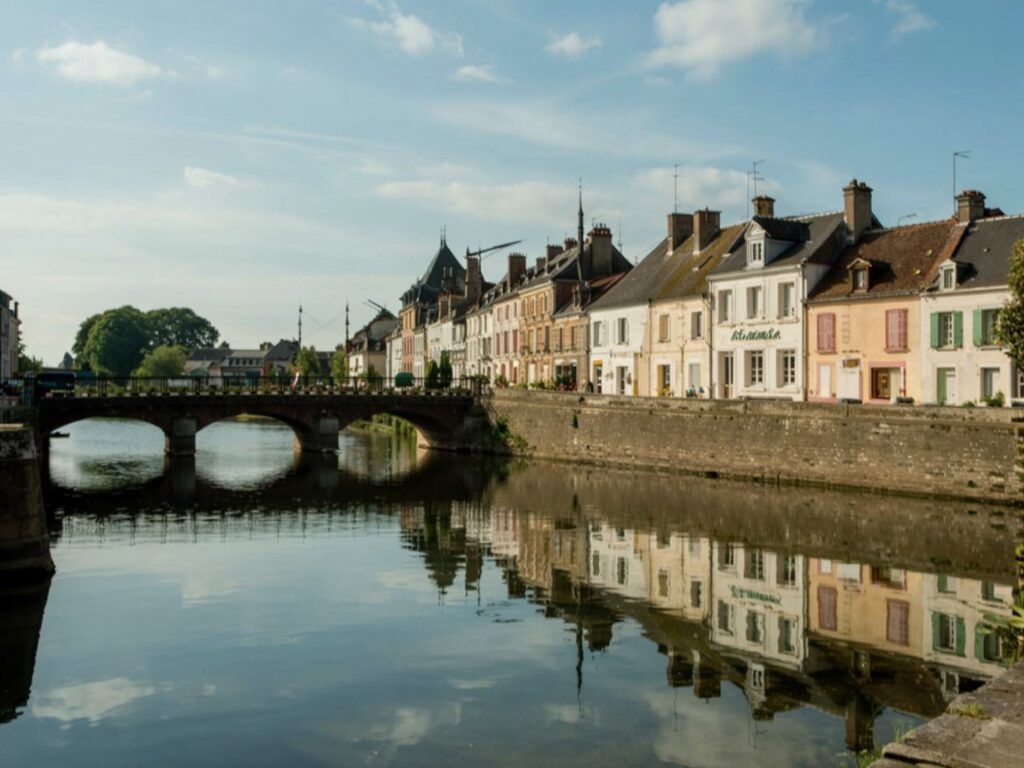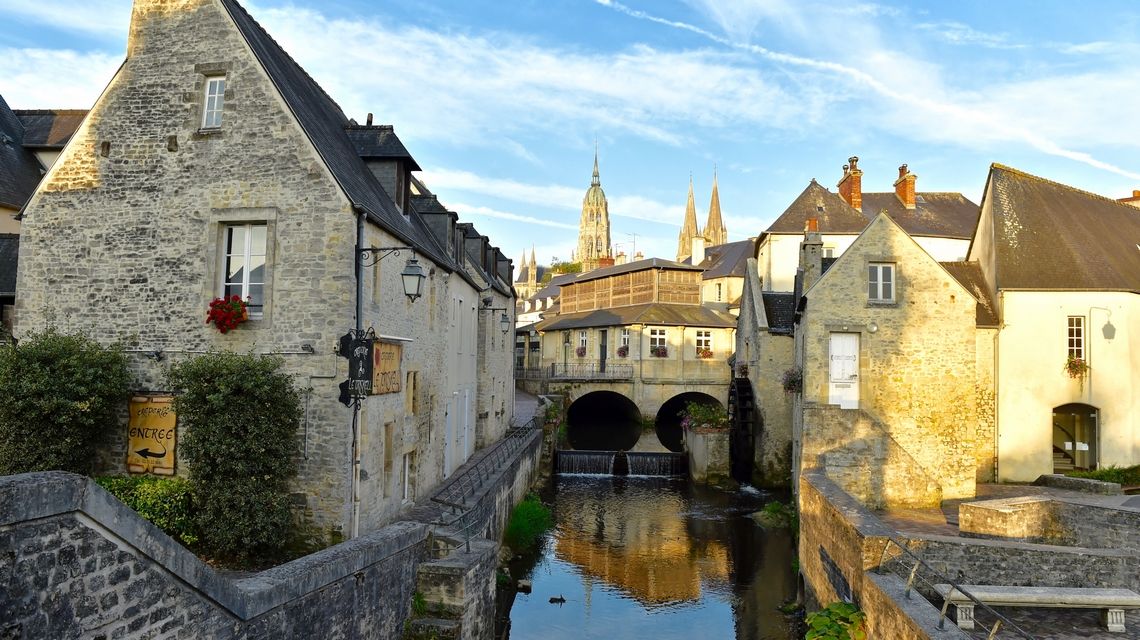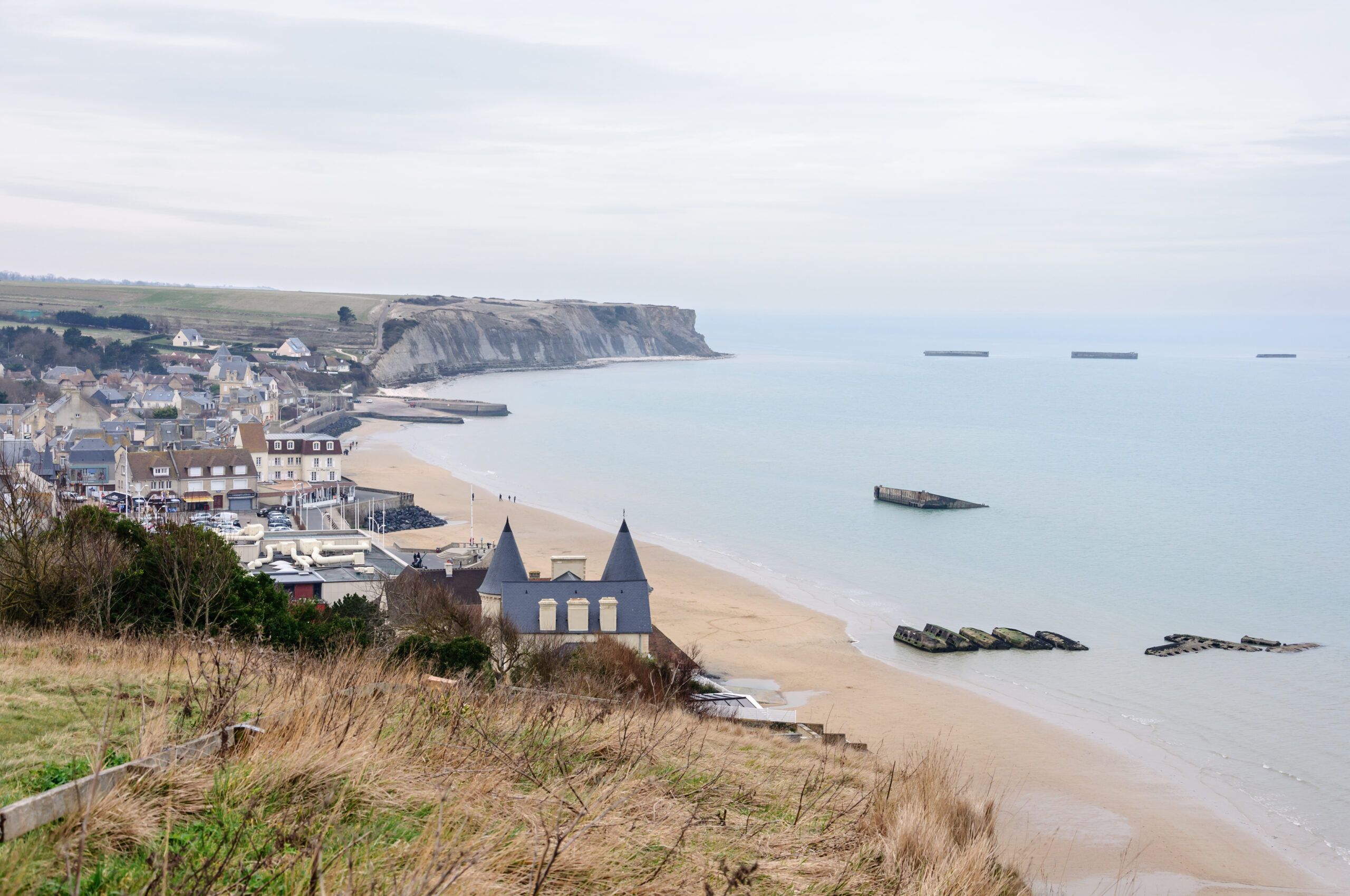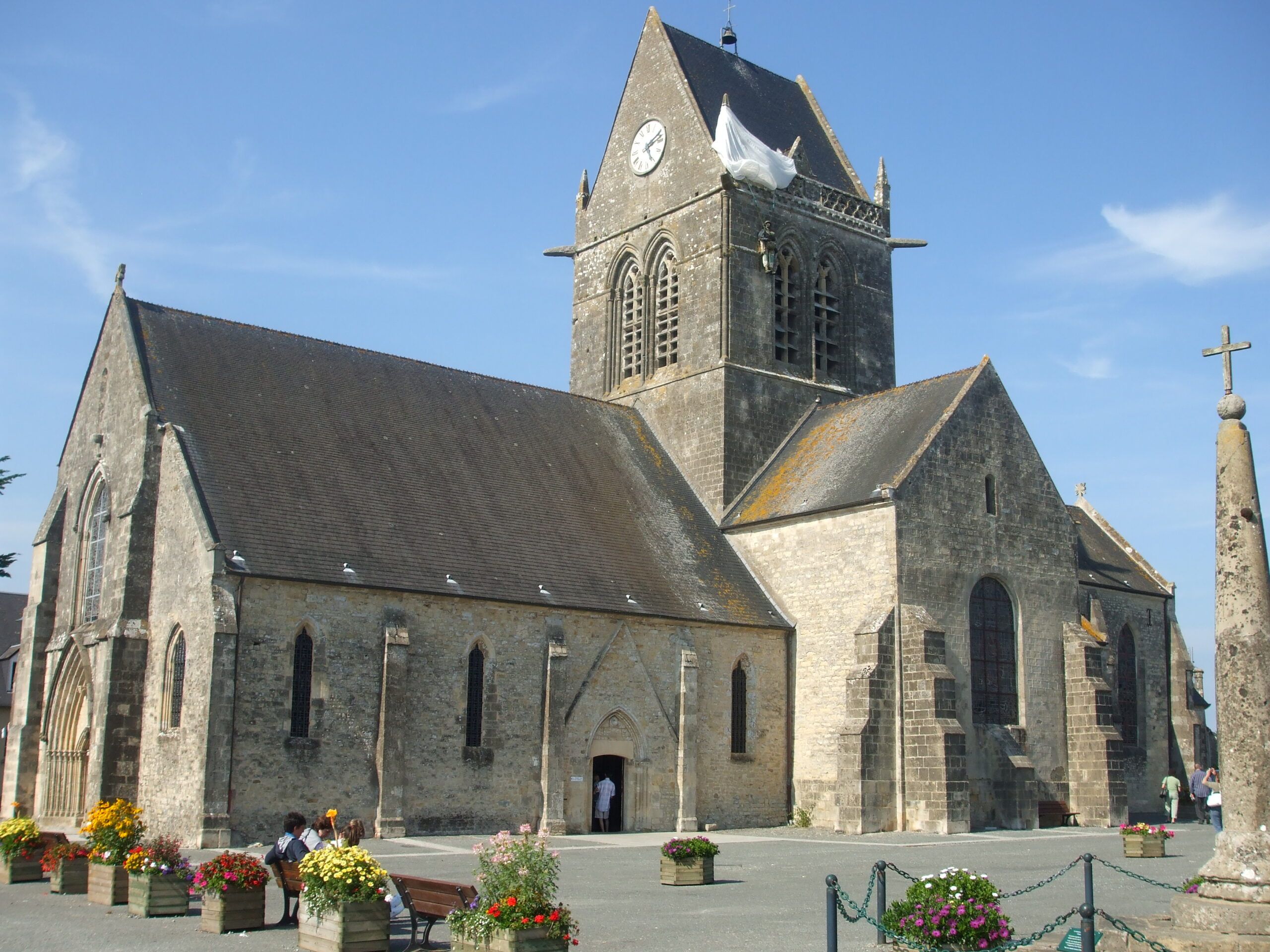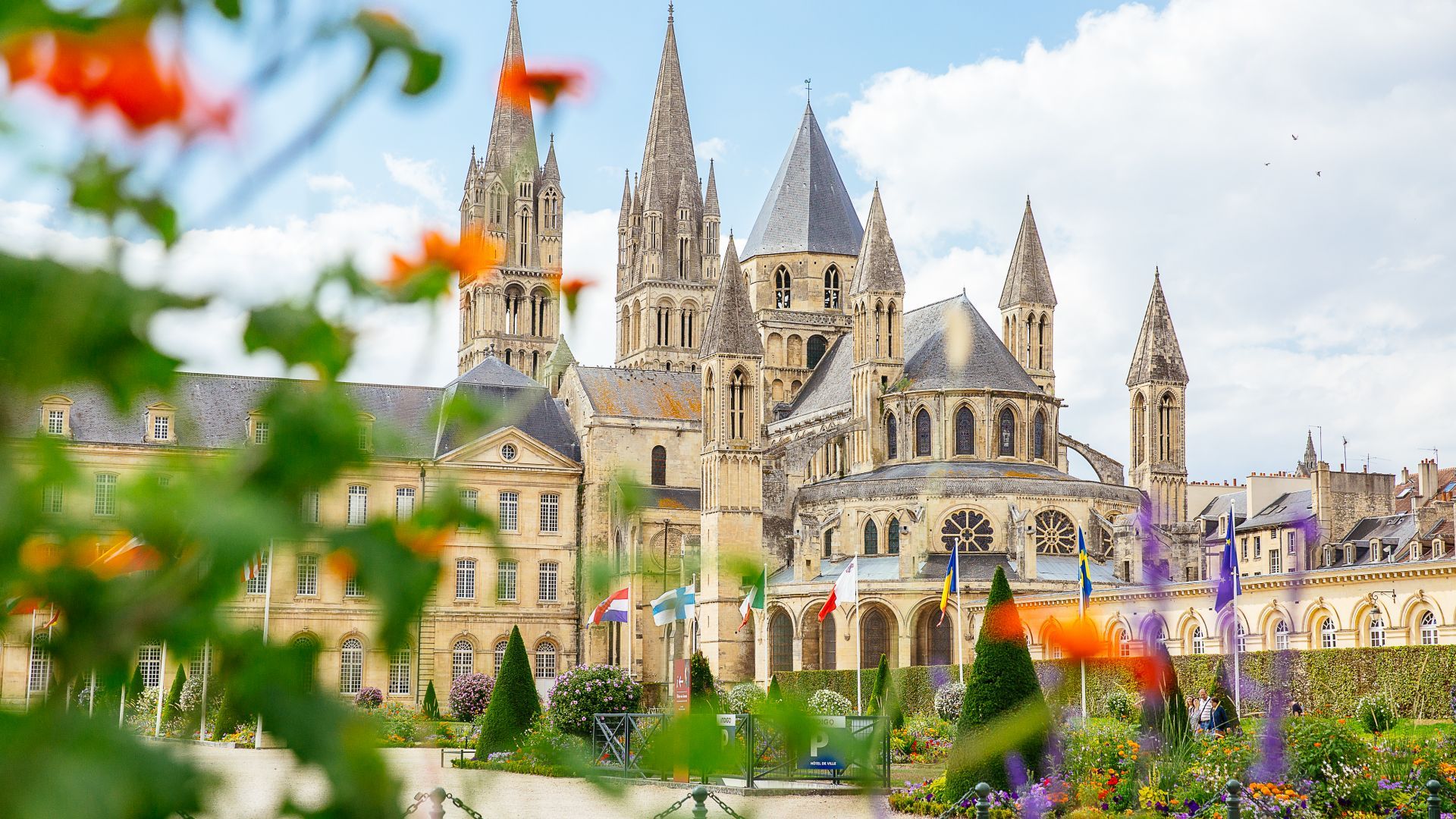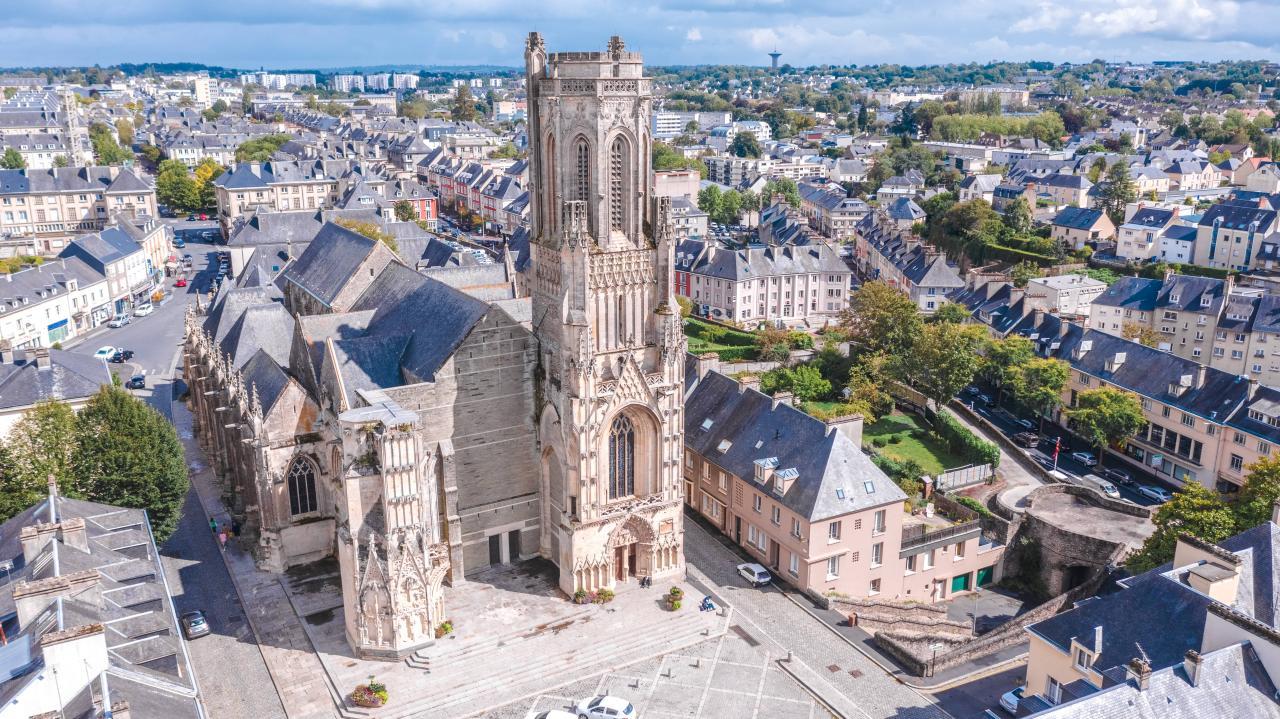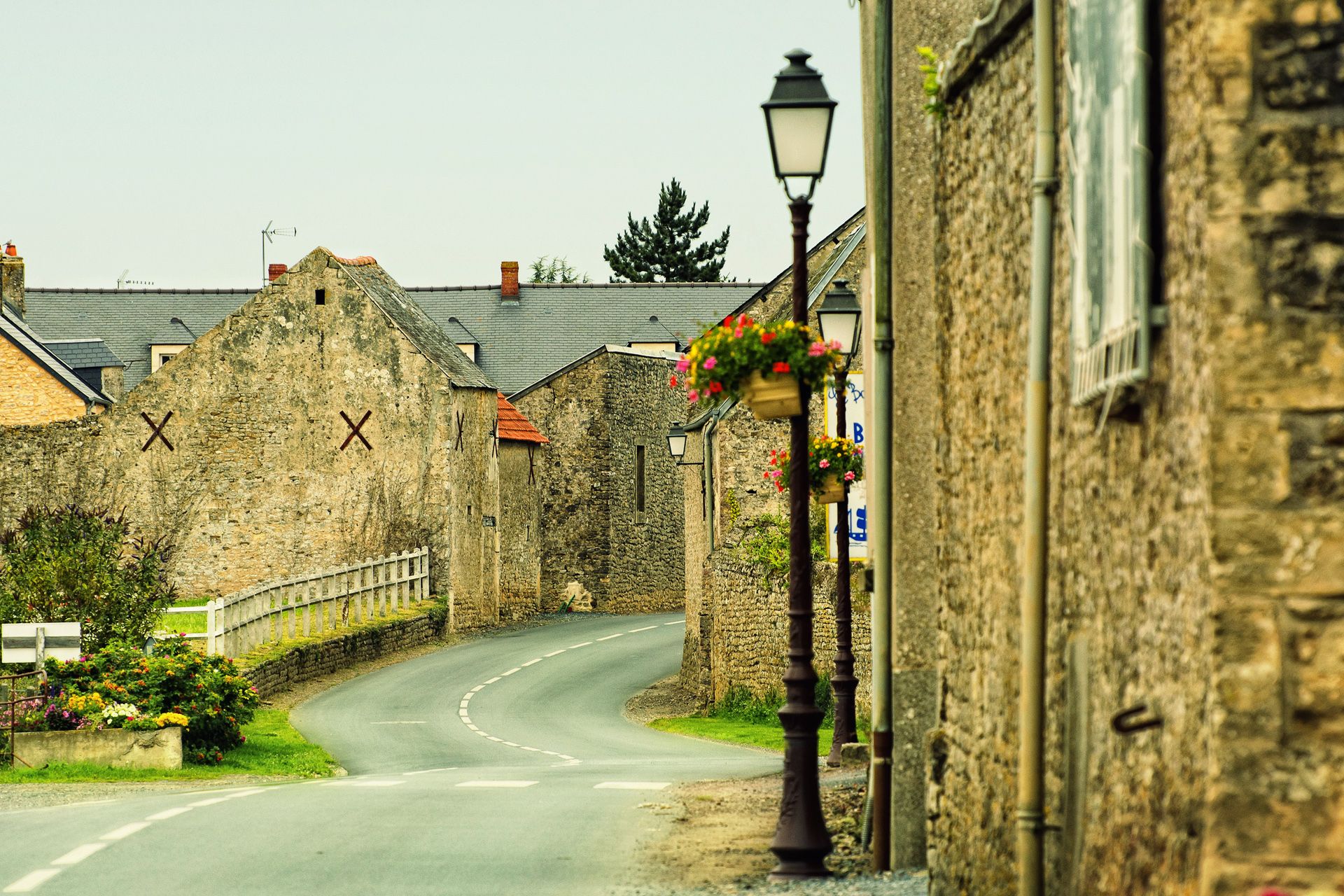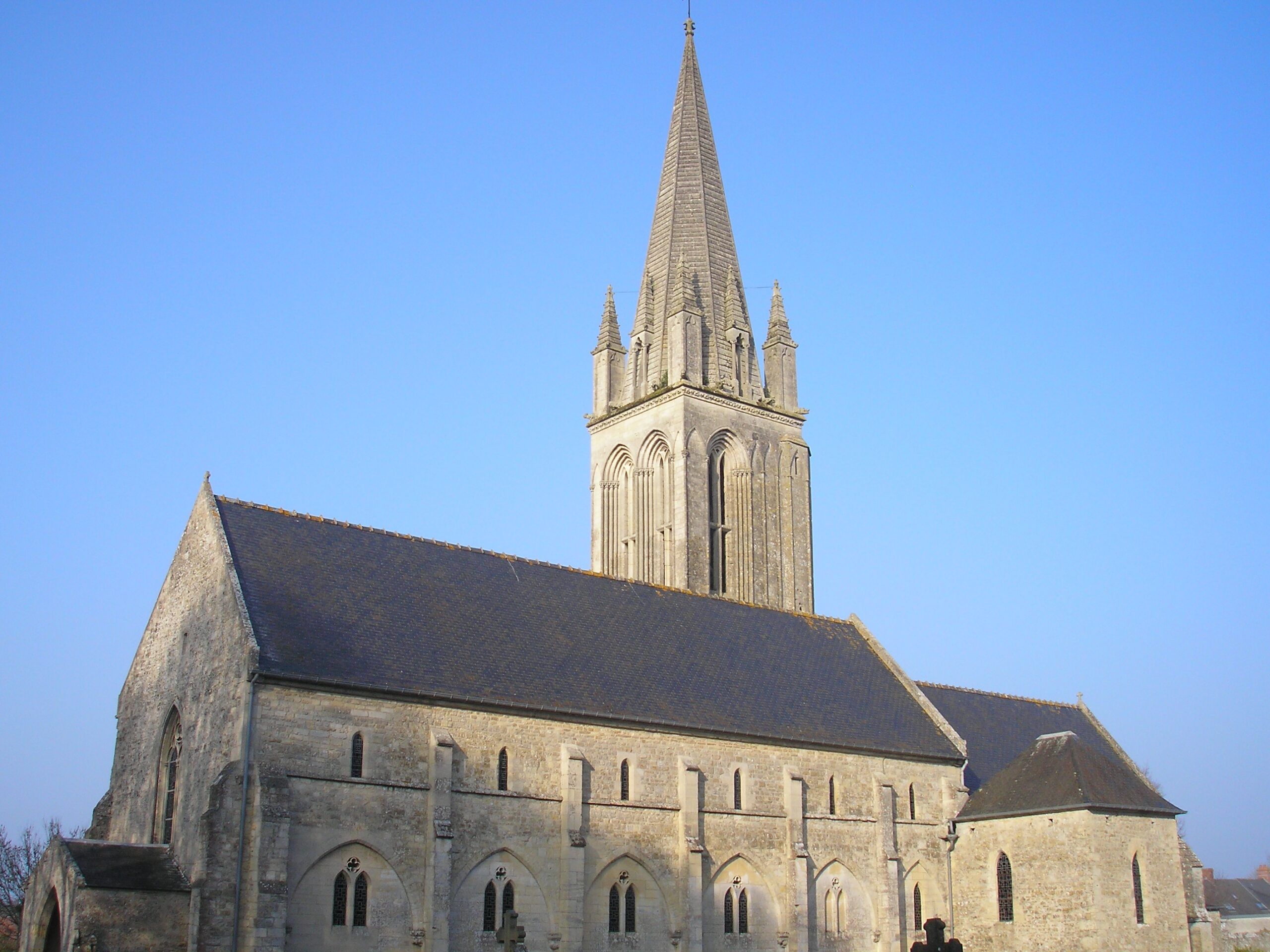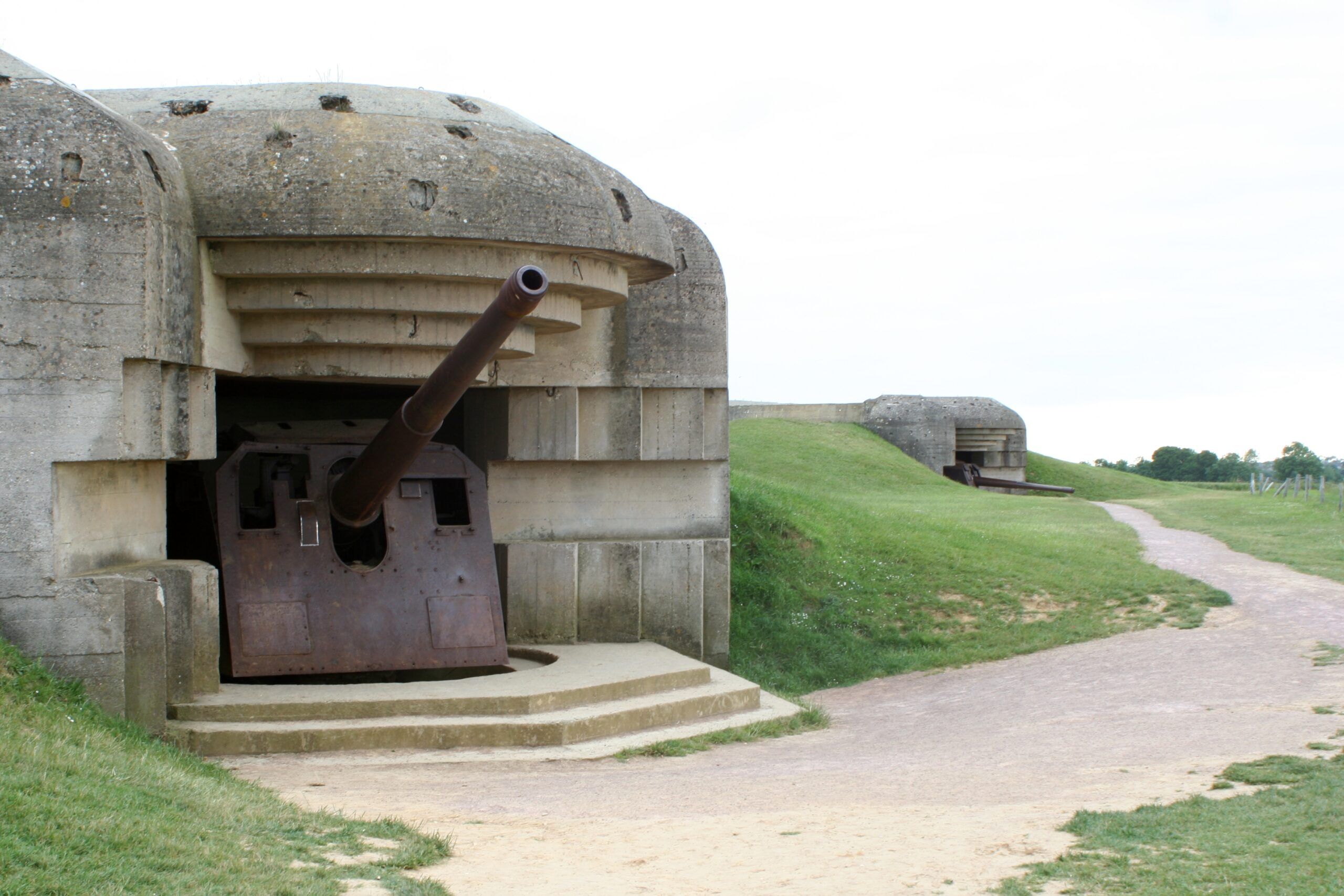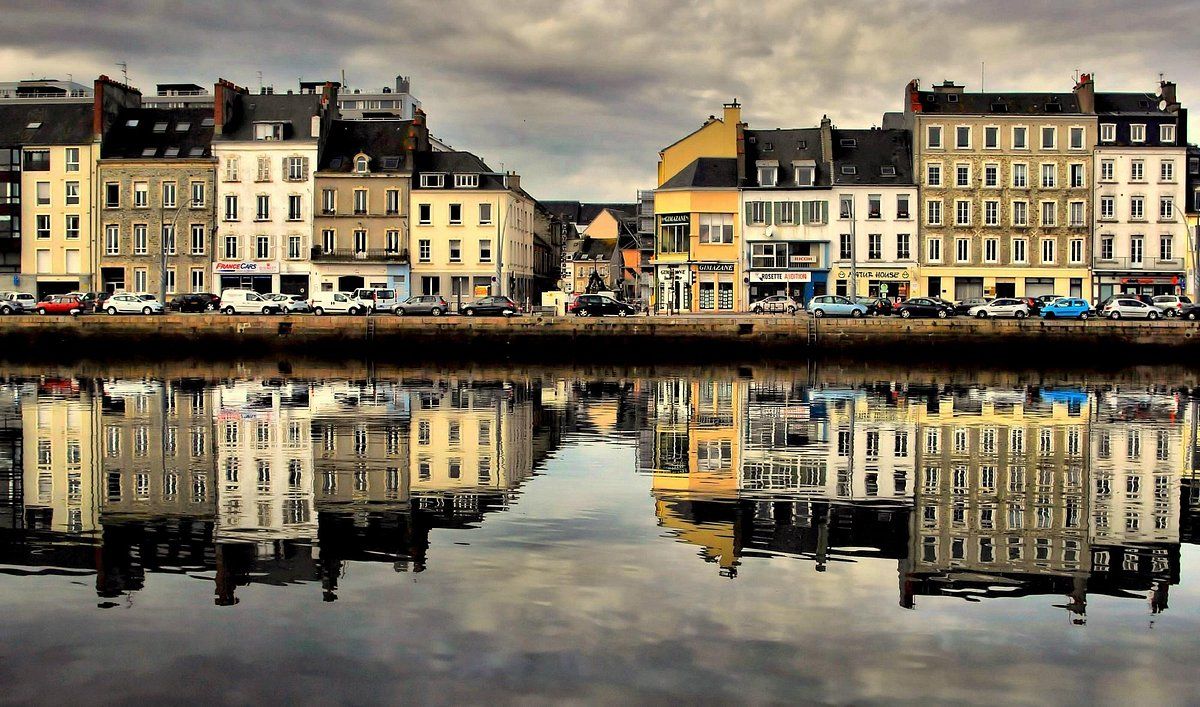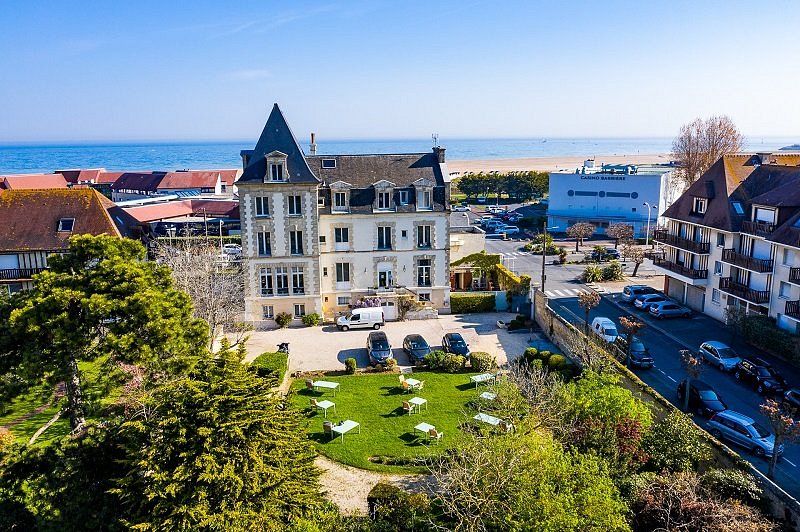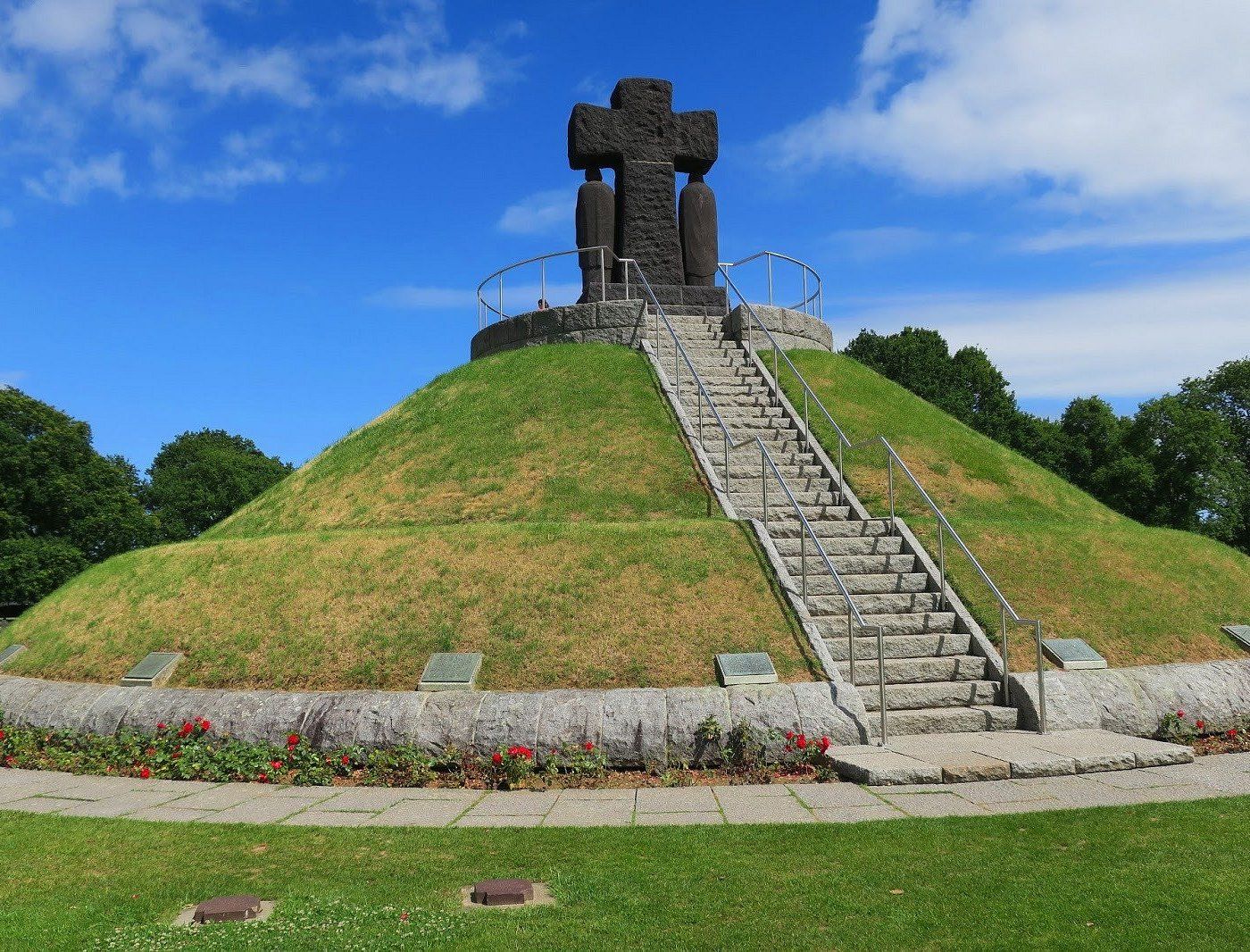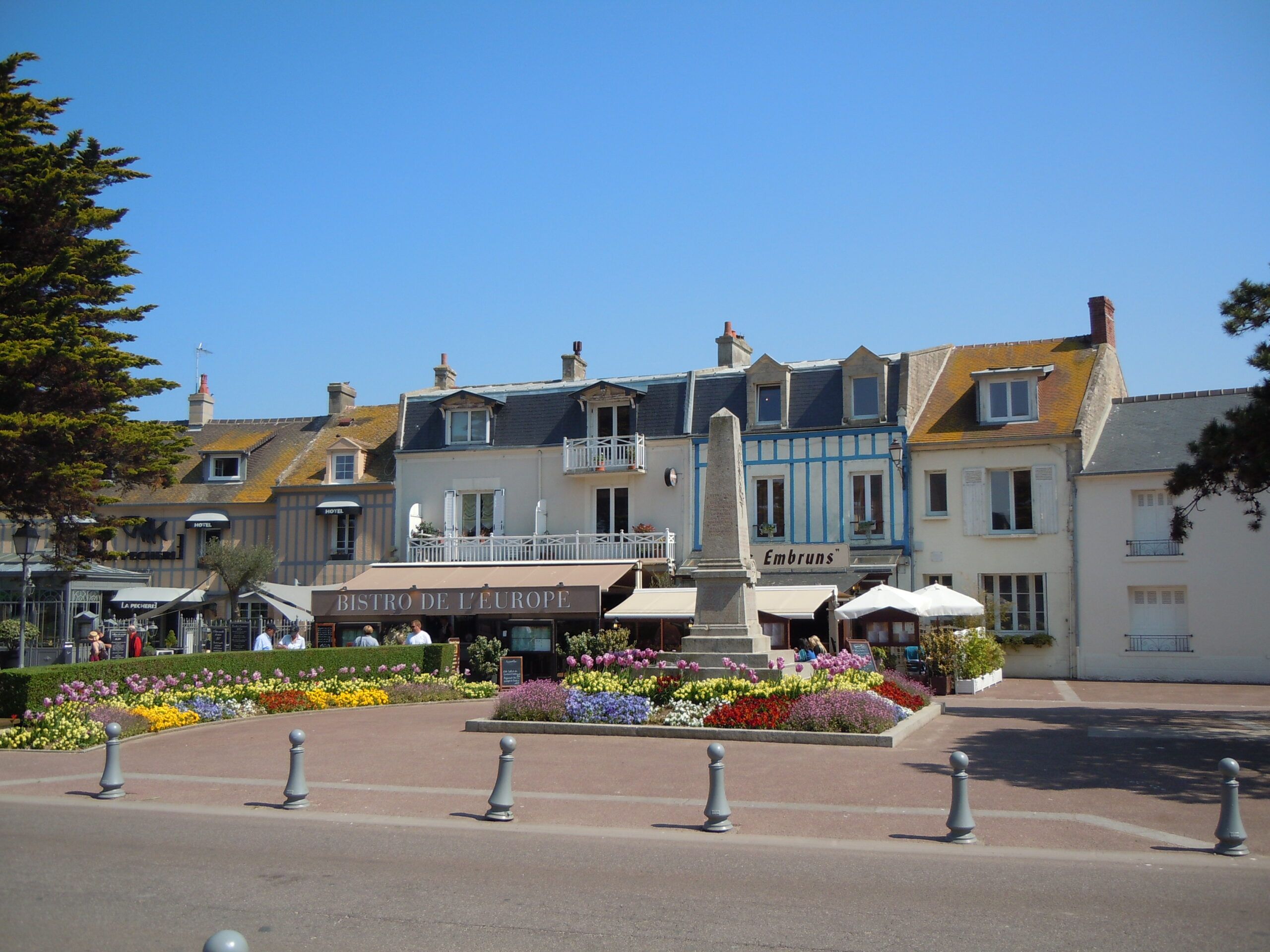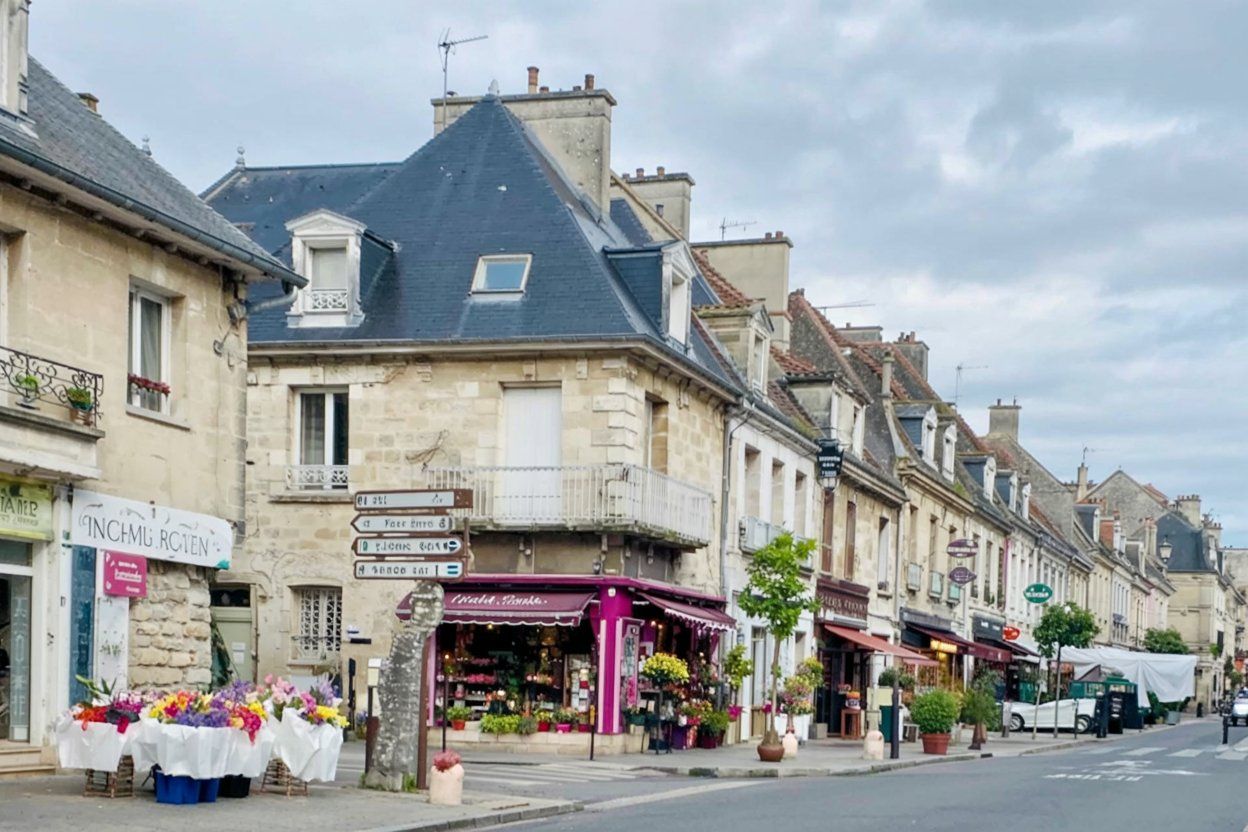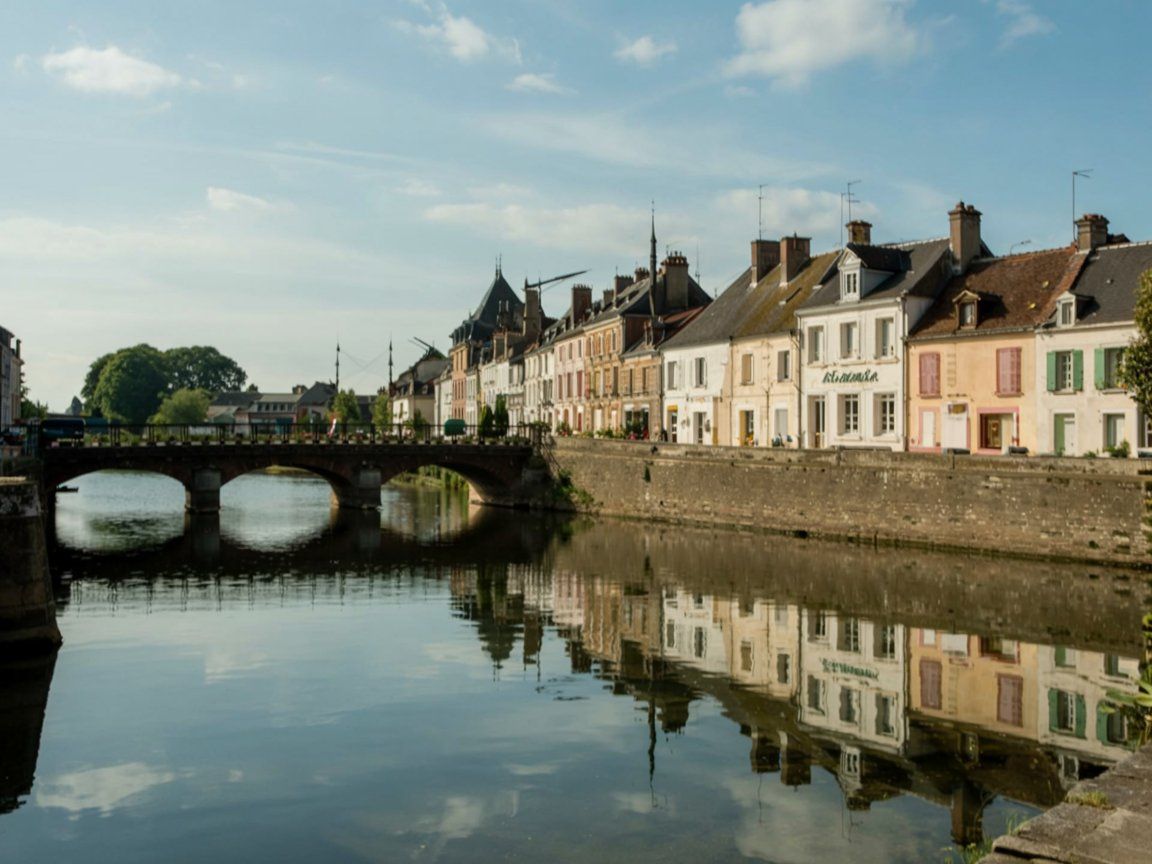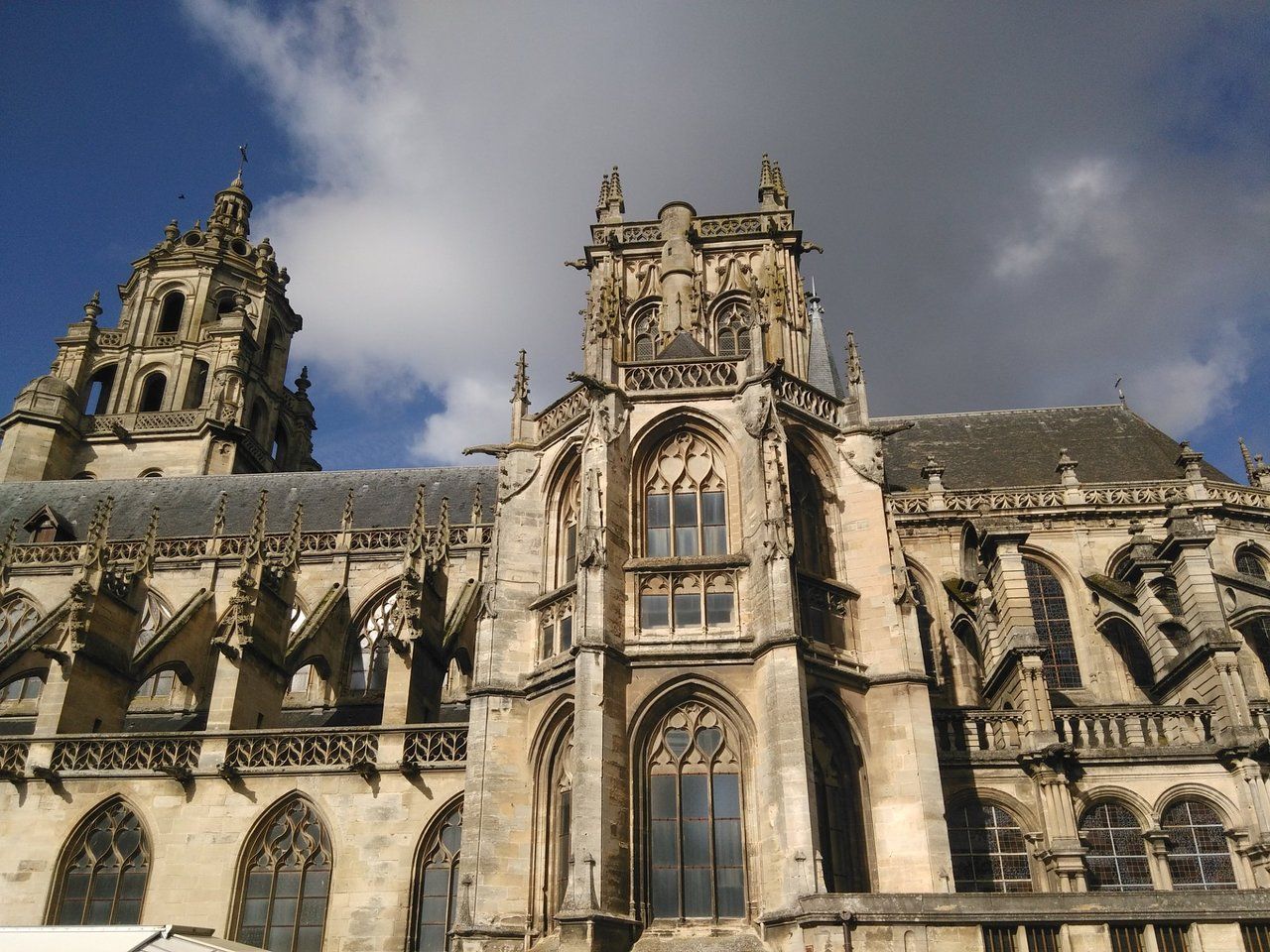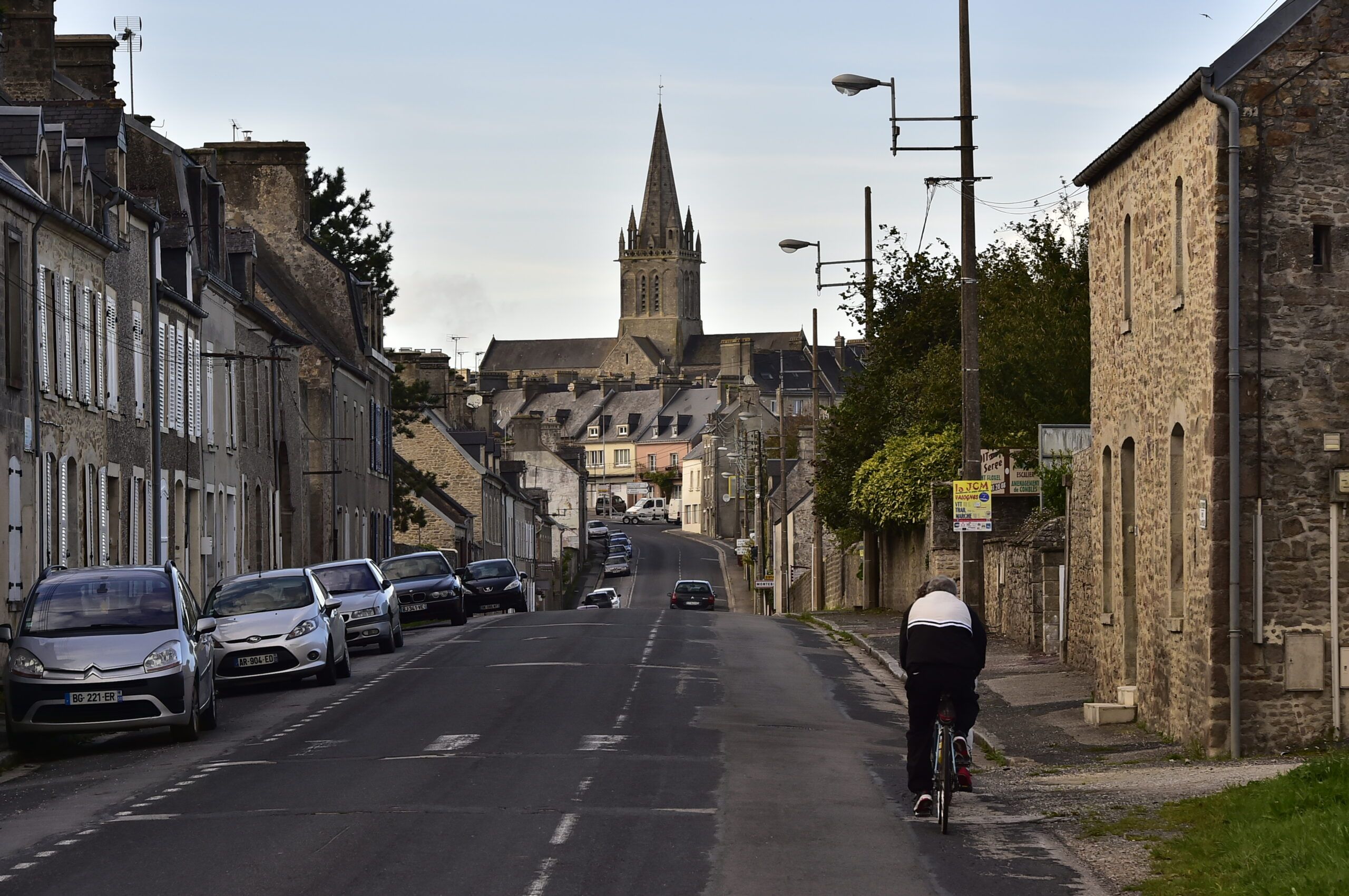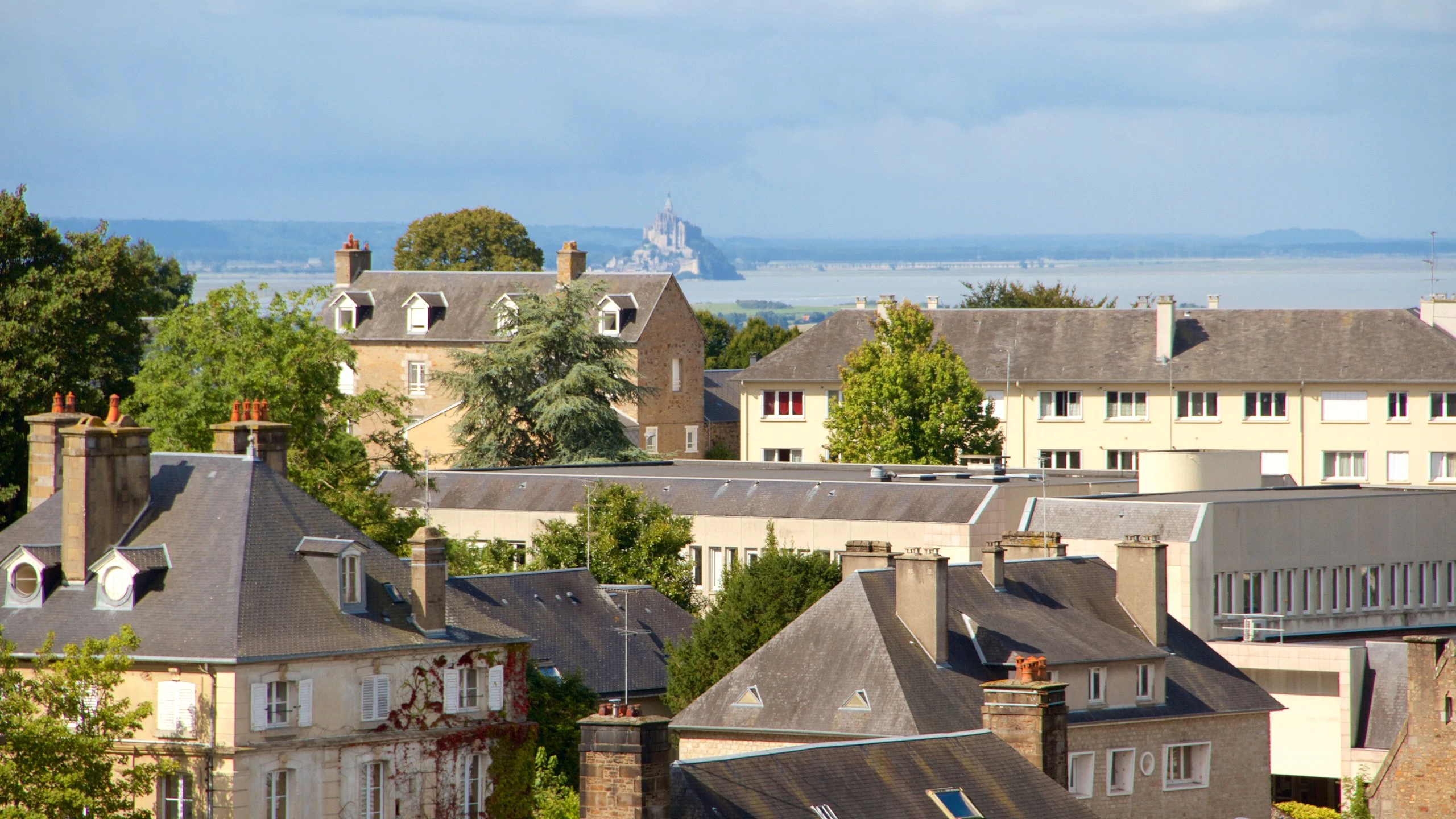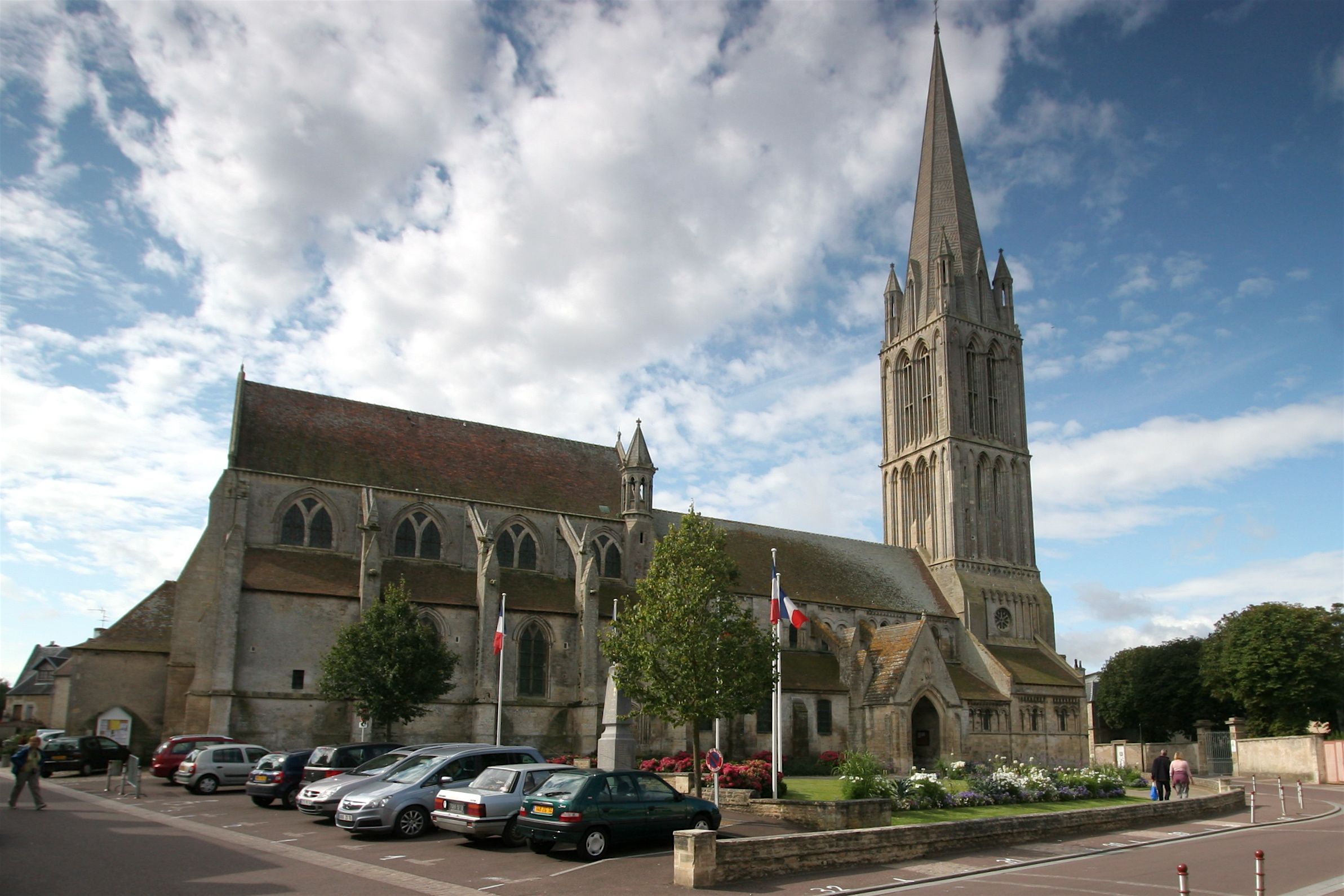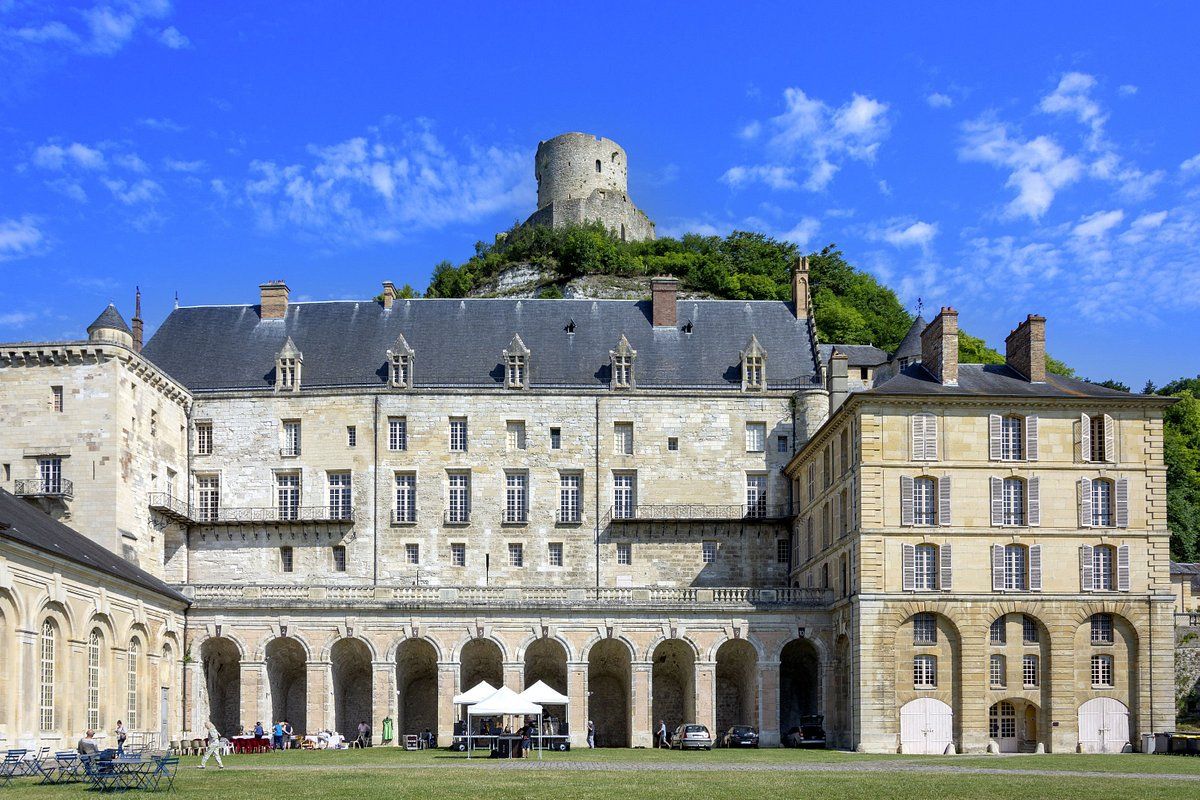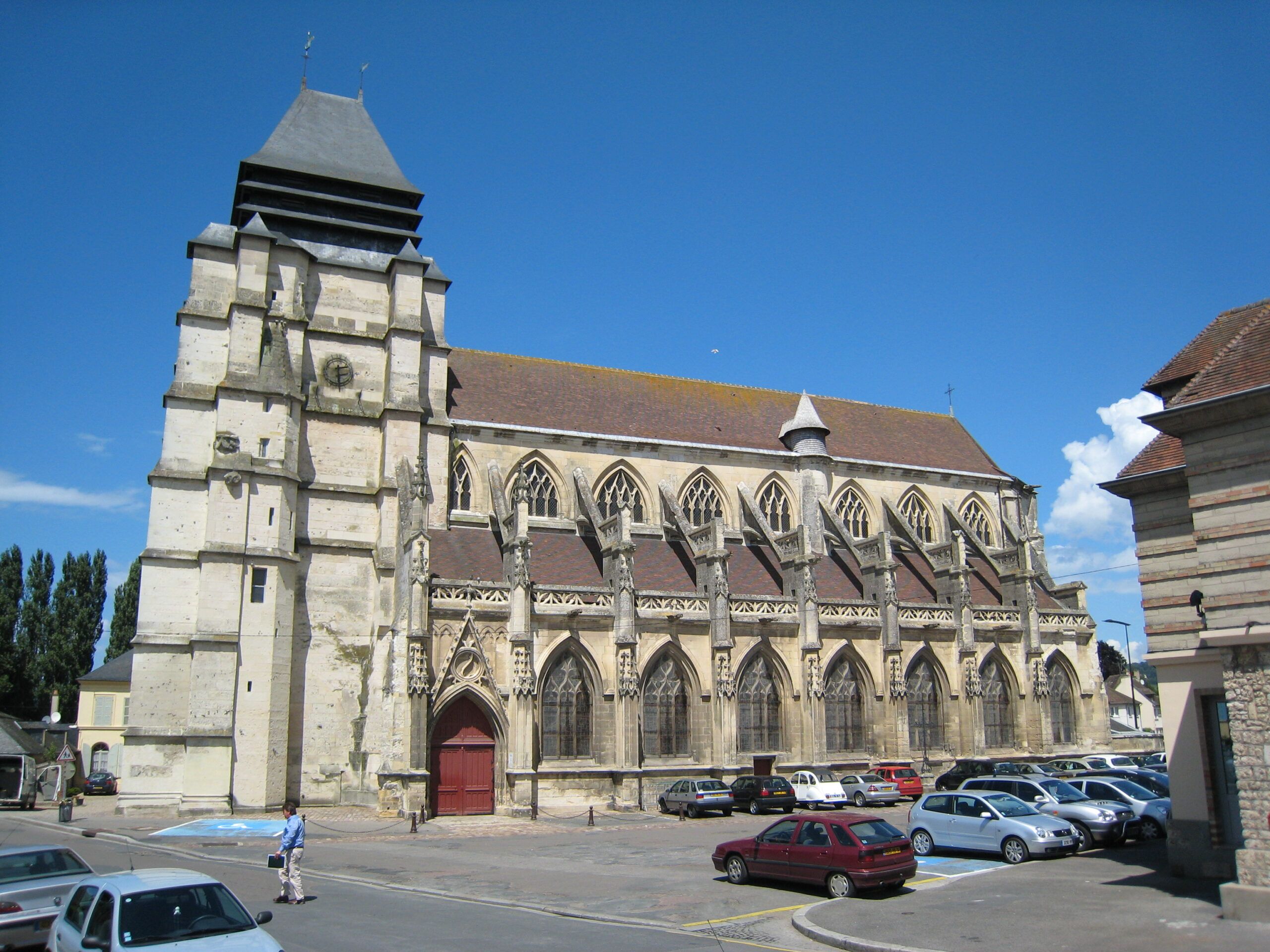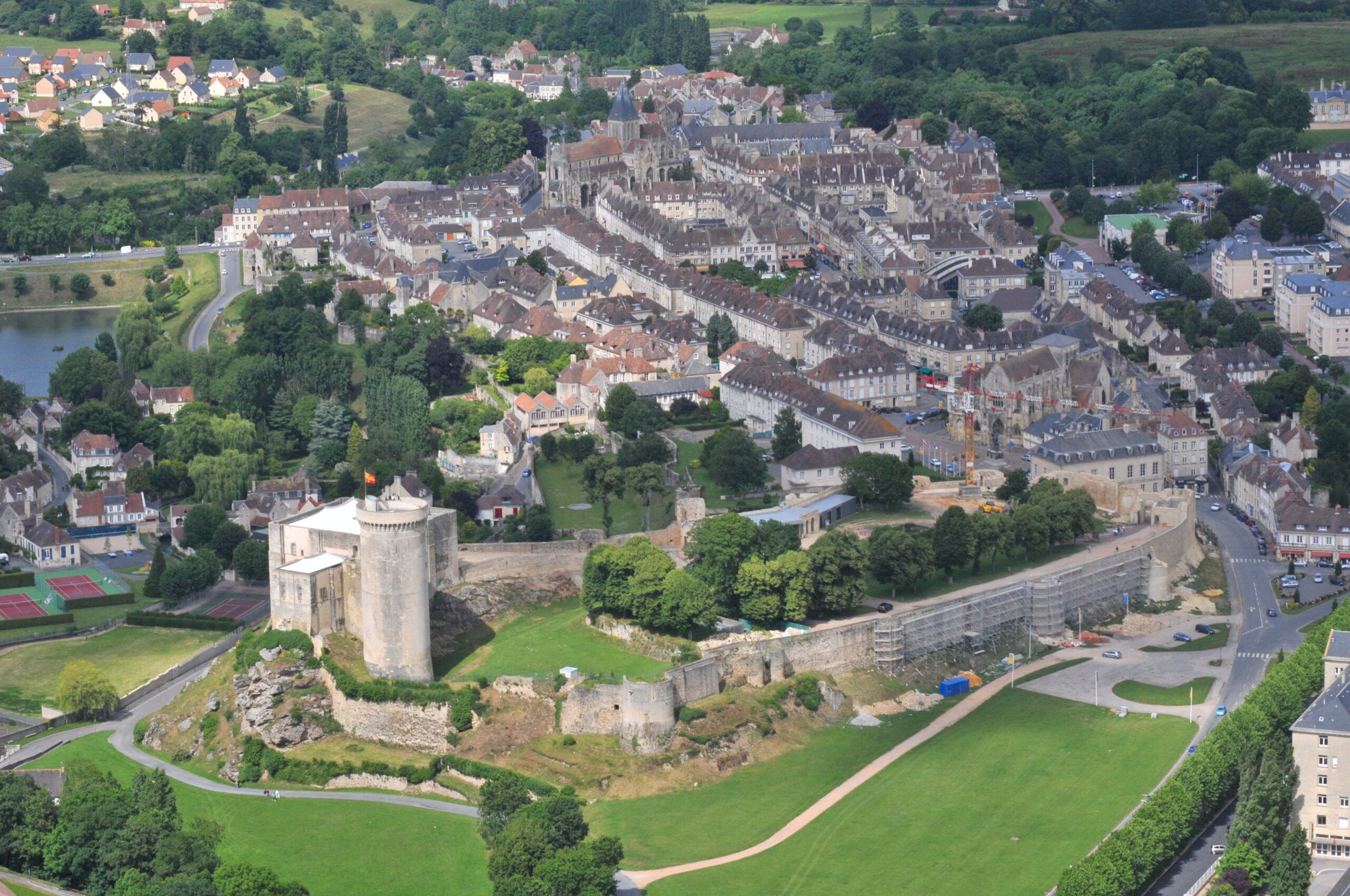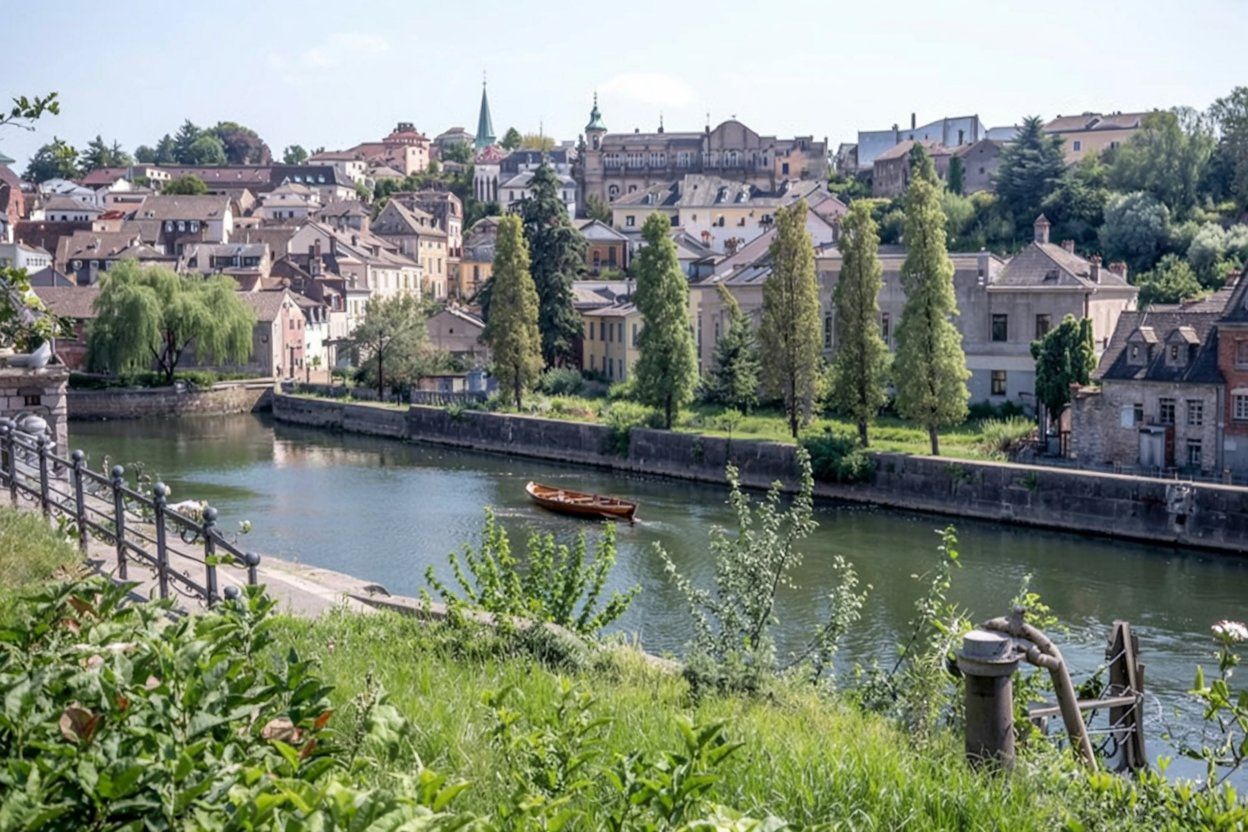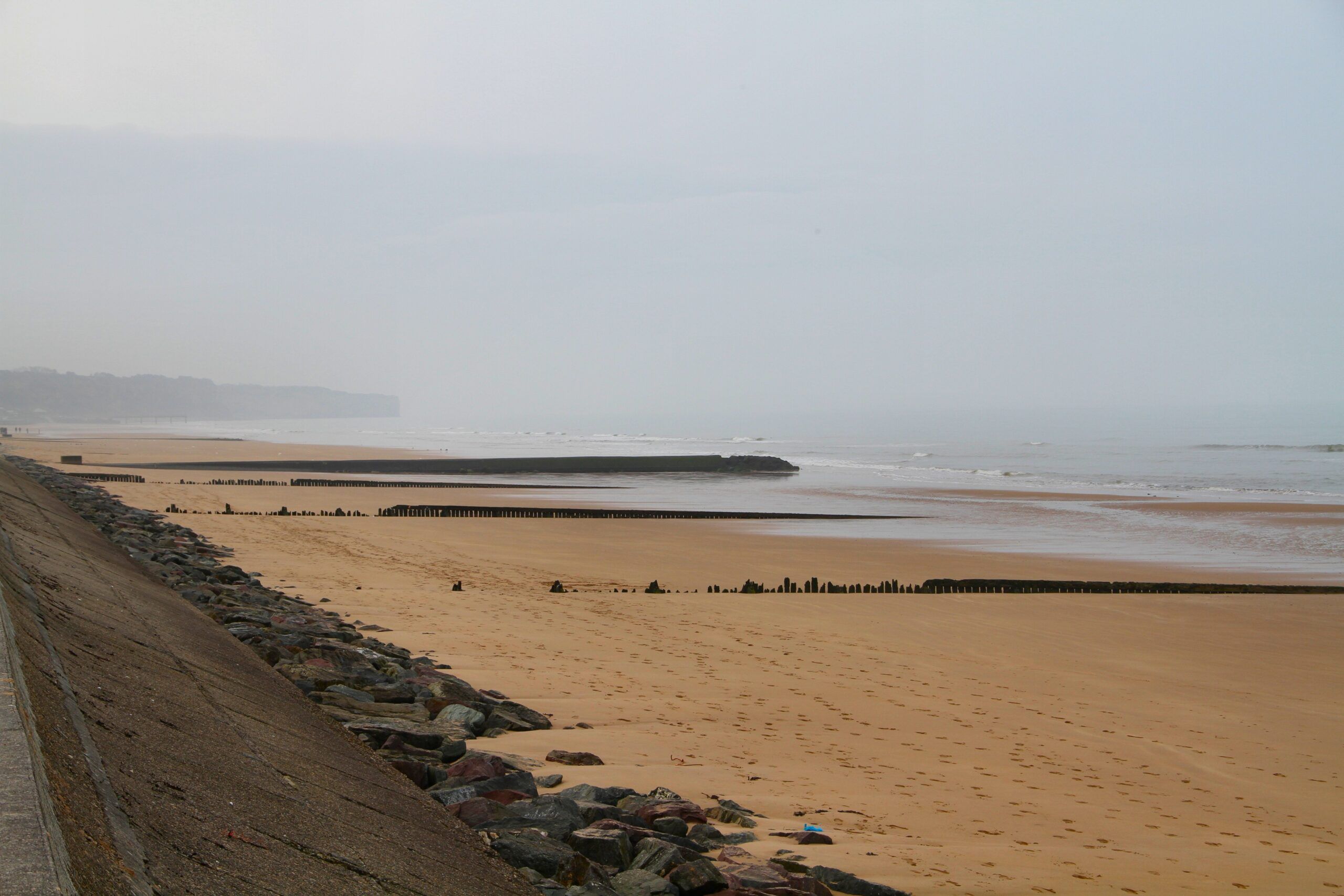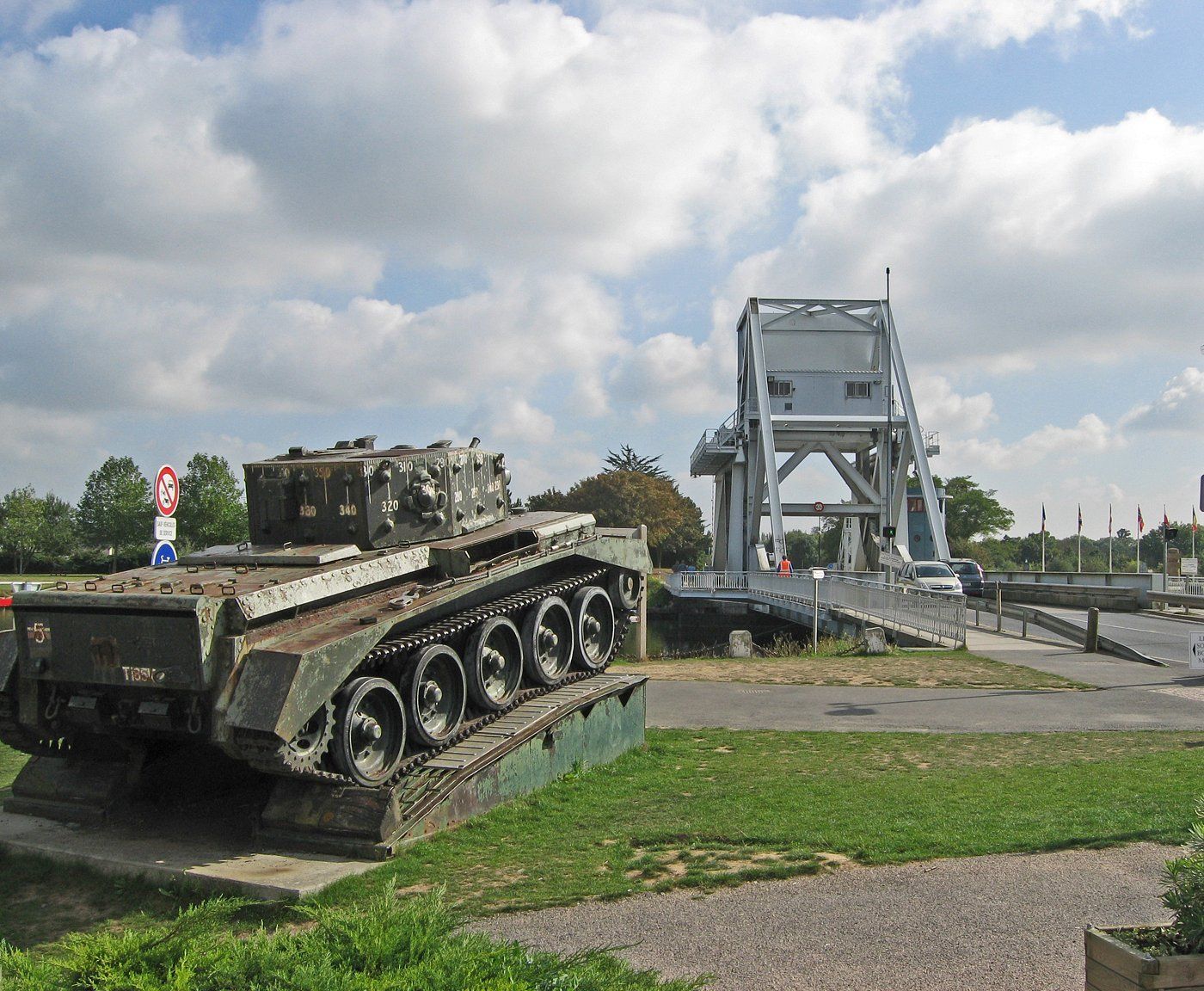Isigny-sur-Mer sits quietly along Normandy’s coast these days, but this small French town was right in the thick of World War II’s D-Day operations. The battles after the Allied landings on June 6, 1944, left the place in ruins. Visiting Isigny-sur-Mer now, you’ll see it’s an ideal base for exploring the landing beaches and the sites that still echo with history.
Walking through town, it’s tough to picture the devastation that swept through here. The rebuilt streets invite you to soak up both the past and the present. Many folks use Isigny-sur-Mer as a launchpad for tours of battlefields, museums, and memorials that honor those who fought for Europe’s future.
Visit Recommended D-Day historic hotels and B&Bs along the invasion beaches.
The area around Isigny-sur-Mer is dotted with museums filled with artifacts, models, and stories about D-Day and what came after. Half-day tours from Bayeux usually hit the major spots, helping visitors grasp the scale of the Allied effort. The ties between the U.S. and its allies are still clear everywhere you look.
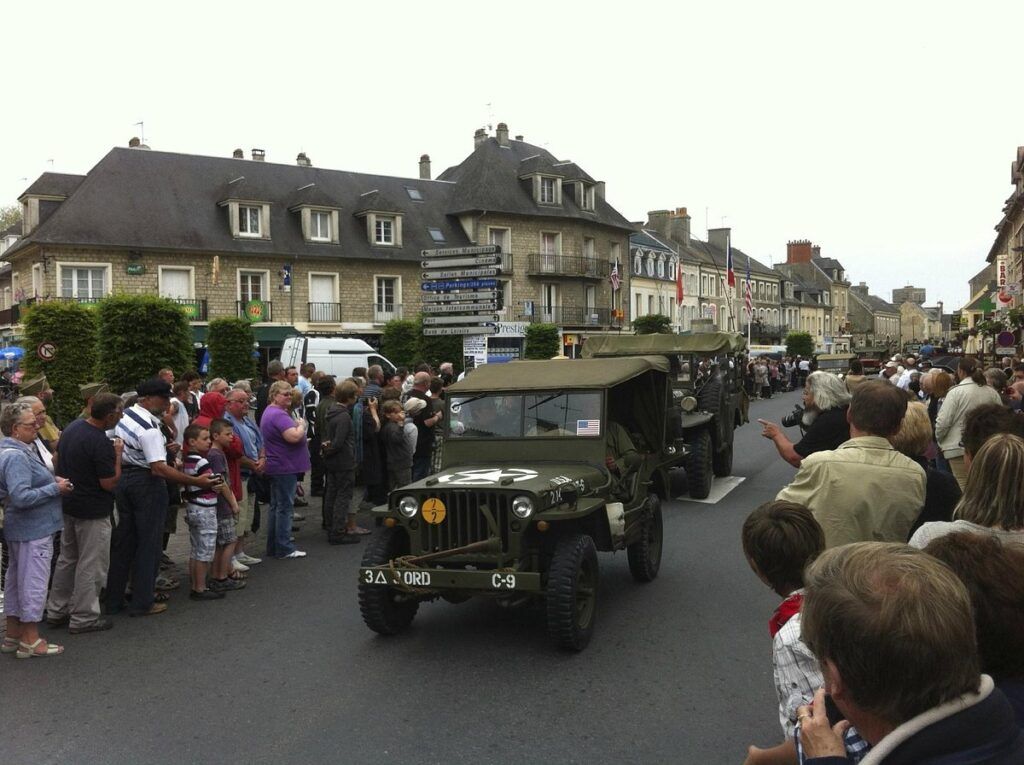
Overview of Isigny-sur-Mer: Location and Historical Significance
Isigny-sur-Mer is a coastal Normandy town with deep roots, shaped by centuries of history. Its strategic spot made it important in World War II, and today, it draws visitors for both its wartime past and its classic Norman vibe.
Geographic Setting in Normandy
Isigny-sur-Mer sits on the eastern edge of the Cotentin Peninsula in northwestern France. The town nestles where the Vire and Aure rivers meet the English Channel, a spot that once made it a valuable port.
The countryside around here is classic Normandy—green fields, grazing cows, and the kind of scenery that makes you crave cheese. You’re right in the middle of dairy country, with the Bay of Veys and its oyster farms just down the road.
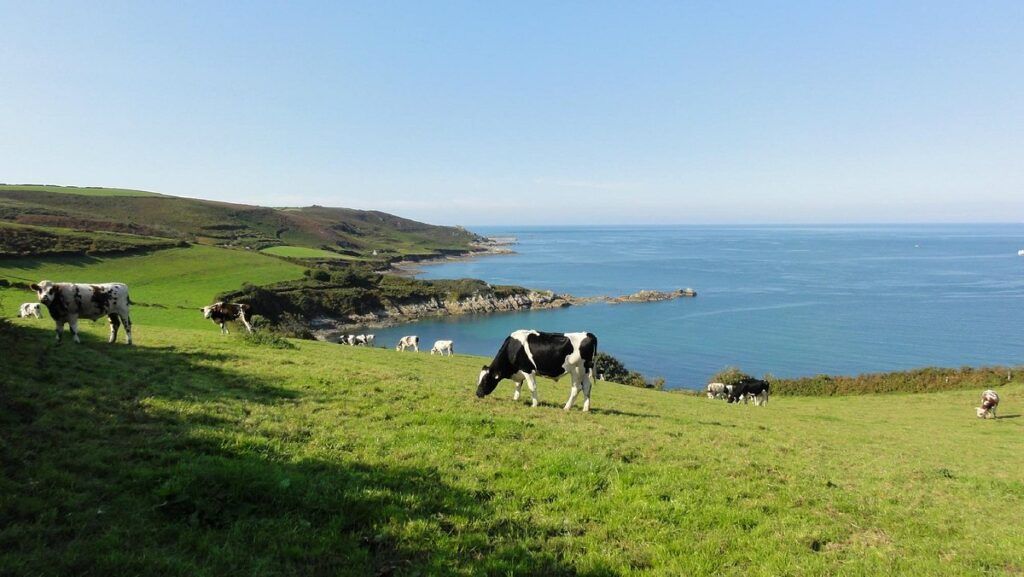
Thanks to its natural harbor, Isigny was a trading hub for ages. Now, it’s a jumping-off point for the D-Day beaches that line this part of the coast.
Role During World War II
In World War II, Isigny-sur-Mer became a key spot in the Allied push to liberate France. German troops occupied the town, with Ukrainian soldiers from Ost-Battalion 439 stationed here in 1944 under German command.
After D-Day, American forces from Omaha Beach fought their way to Isigny. The 29th Infantry Division, 175th Infantry Regiment, and 747th Tank Battalion managed to take the town from German hands.
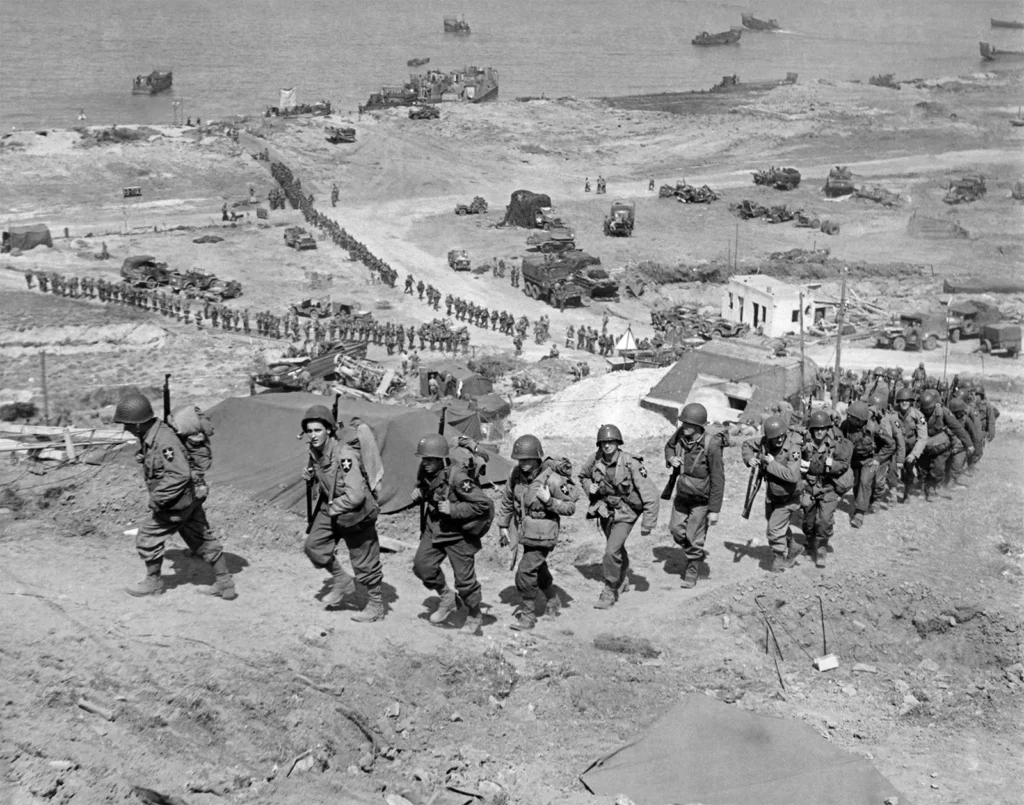
Once liberated, Isigny’s small harbor became a lifeline for Allied supplies. Twenty Dutch vessels called schuyts ferried gear from the bigger ships to shore—a crucial operation for keeping the advance moving.
Memorials around town still honor those who fought here. Isigny’s liberation is a big piece of the wider Battle of Normandy story that eventually brought down Nazi Germany.
Isigny-sur-Mer and the D-Day Landings
Isigny-sur-Mer played a big part in the Allied invasion of Normandy. Its spot near Gold Beach made it a prime target during Operation Overlord.
Strategic Importance During Operation Overlord
Isigny-sur-Mer sat smack between Utah and Omaha beaches—the main American landing zones. Whoever controlled the town held key roads and bridges the Allies needed to link up their forces. Allied planners knew taking Isigny early would connect the separated landing groups.
The Vire River and Carentan canal nearby gave the Germans a natural line of defense. The Allies needed to grab these waterways to keep the invasion from stalling.
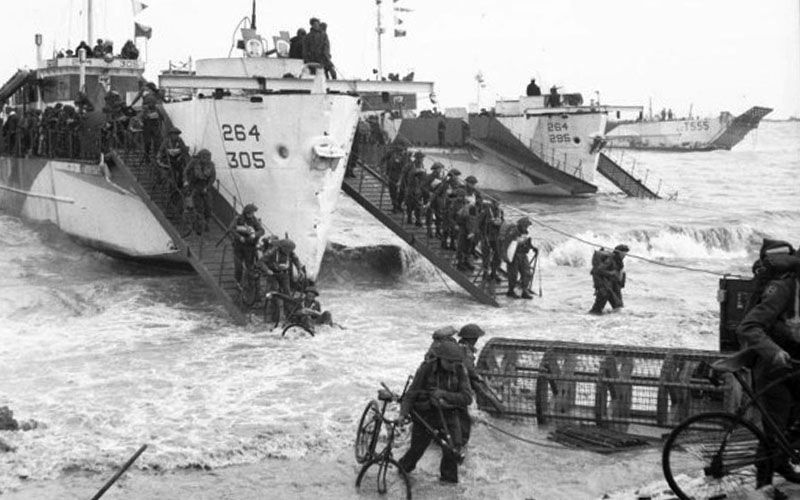
British troops landing at Gold Beach aimed to push in and snag Isigny-sur-Mer quickly. Even though the port was small, it could help supply the advancing armies once it was in Allied hands.
Events of D-Day in and Around Isigny-sur-Mer
On June 6, 1944, Allied troops didn’t hit Isigny-sur-Mer right away. Instead, American units from Omaha Beach fought their way toward the town over the next few days.
The 29th Infantry Division rolled into Isigny-sur-Mer on June 9, after three days of tough going. They met moderate resistance and left a lot of buildings damaged in the process.
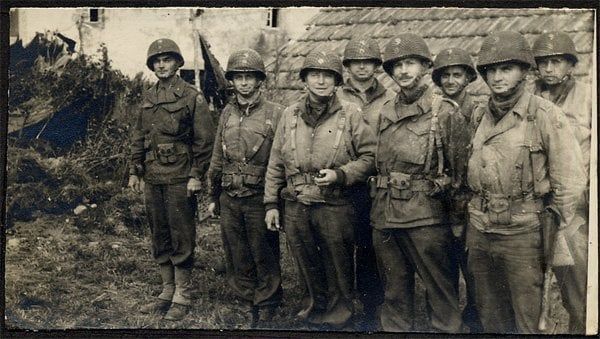
(Photo Courtesy of Normandy American Heroes)
Americans set up a command post in the center and got to work fixing bridges and roads so supplies could keep flowing.
By mid-June, Isigny-sur-Mer had turned into a key supply hub behind the lines. Military police kept traffic moving as convoys rumbled through the narrow streets day and night.
Impact on Local Population and Recovery
Most locals got out before the fighting arrived, but those who stayed faced some rough days. Artillery and gunfire wrecked about 60% of the town.
Food shortages hit hard in the weeks after liberation. Allied civil affairs teams teamed up with returning officials to get emergency supplies to people who needed them.
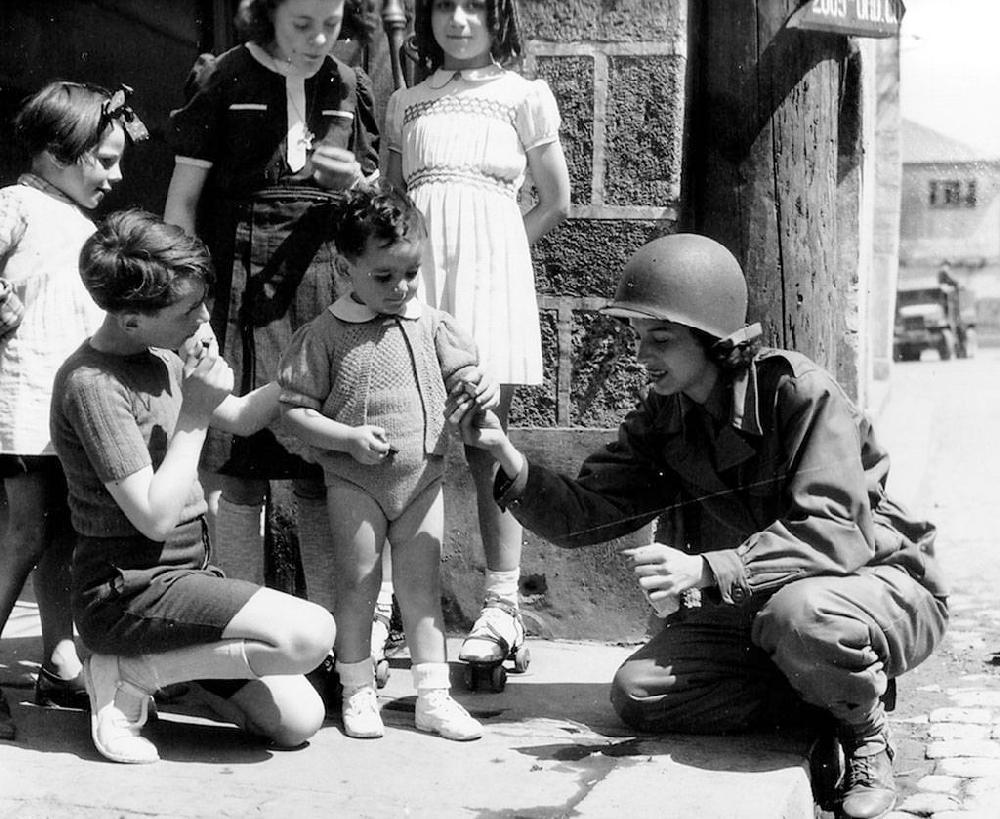
The famous Isigny dairy industry took a beating—farmers lost livestock and the factories were in ruins. Still, with a hand from the Americans, some production started up again by late summer 1944.
Rebuilding kicked off almost right away. Walking around town now, you can spot the difference between the old buildings and the ones rebuilt in the late 1940s. Isigny’s bounce-back is a testament to Normandy’s stubborn spirit after D-Day.
Essential D-Day and World War II Sites Near Isigny-sur-Mer
Isigny-sur-Mer makes a great home base for exploring the D-Day landmarks. Its location puts you close to some of the most important sites where the Allies fought to free Europe.
Stay steps from Omaha Beach and historic landmarks. Best rates on local accommodations.
Utah Beach: Closest Landing Beach
Utah Beach is just 12 miles from Isigny-sur-Mer, so it’s the easiest landing beach to reach from town. American troops landed here on June 6, 1944, and while they met less resistance than feared, the conditions were still tough.
The beach now has several monuments and a museum packed with artifacts, vehicles, and interactive displays. The granite monument honoring the 4th Infantry Division always gets to me.
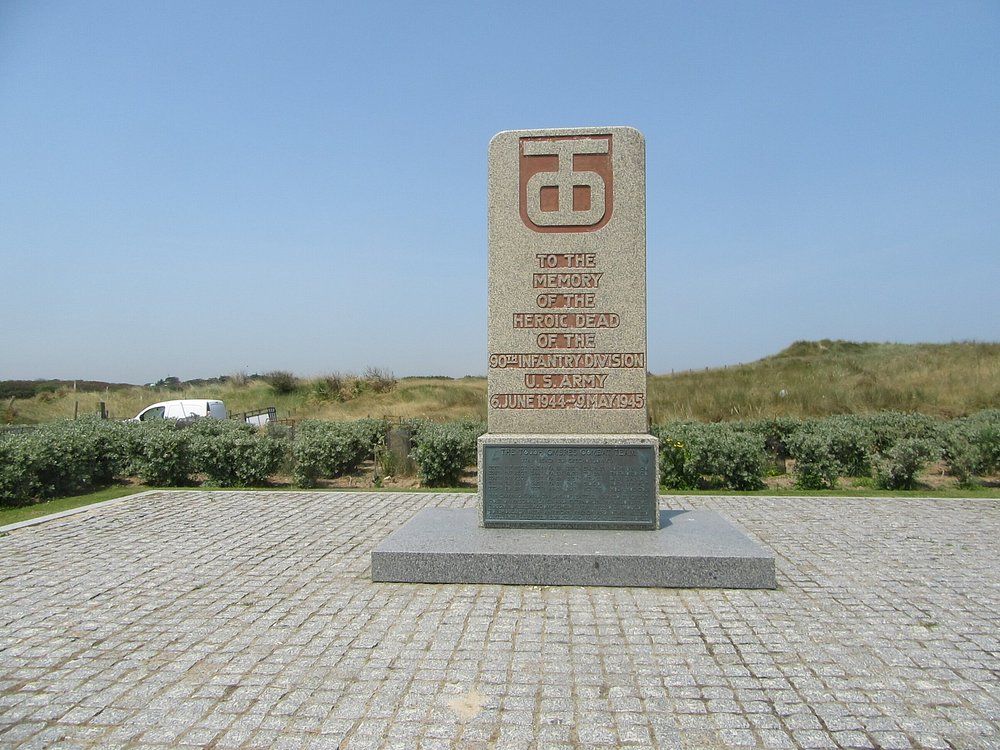
Stroll the shoreline to get a sense of what soldiers faced. Early mornings are quieter and make for better photos.
At low tide, you can spot the remains of German defenses that usually hide underwater. It really brings home how daunting the task was.
Pointe du Hoc and Its Memorials
Climb up on the 100-foot cliffs of Pointe du Hoc and you’ll see why this German gun position was such a threat. U.S. Army Rangers scaled these cliffs in one of D-Day’s gutsiest moves.
The ground is still pocked with bomb craters, almost like the moon. You can wander through the old German bunkers and gun sites—they’re surprisingly intact.

The Ranger Monument, a simple granite spire, stands for the 225 men who went up those cliffs under fire. By the second day, only 90 were still able to fight.
The visitor center has photos and first-hand accounts that help you picture what happened. Give yourself at least an hour and a half here—it’s worth it for the atmosphere and the history.
American Cemetery at Colleville-sur-Mer
The American Cemetery overlooks Omaha Beach and holds the graves of 9,387 Americans who fell during the Normandy campaign. The endless rows of white crosses and Stars of David are both beautiful and sobering.
Start at the visitor center, where you’ll find moving stories about the people behind the names. The exhibits do a good job making it personal, not just numbers.
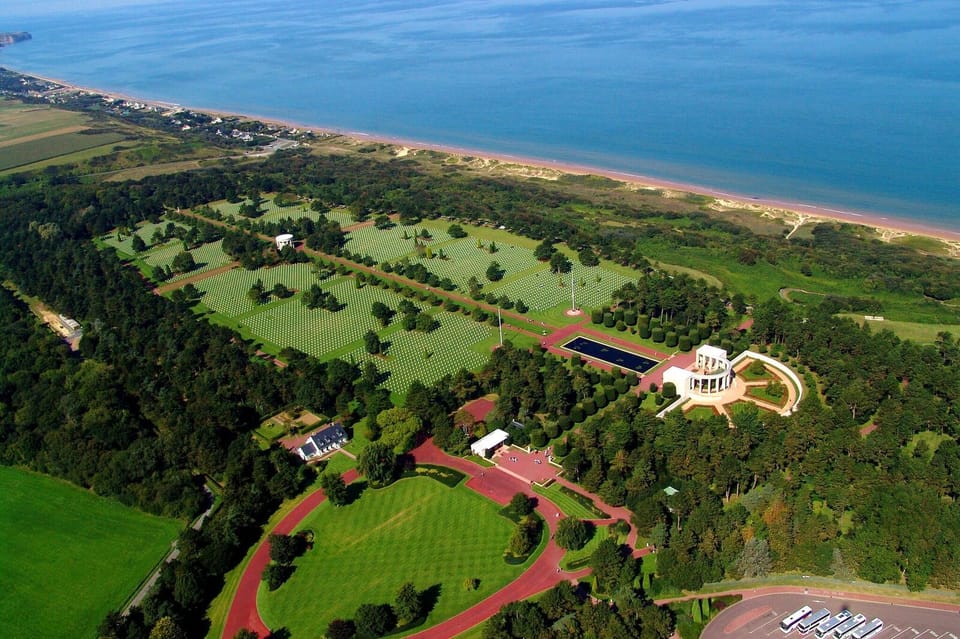
The grounds are kept in perfect shape, a sign of ongoing respect. If you catch the flag-lowering ceremony at 4:00 PM (5:00 PM in summer), it’s hard not to get a lump in your throat.
Some people leave small flags or flowers at the graves, which feels like a fitting tribute. The place has a quiet that makes you stop and think about what freedom costs.
Visitor Centers and Museums
The Utah Beach Landing Museum is packed with detailed exhibits, including a B-26 bomber and stories from the American side. The hands-on displays are great for all ages.
In Sainte-Mère-Église, about 20 minutes away, the Airborne Museum celebrates American paratroopers. The big draw is a full-size C-47 and the gear used in the night jumps.
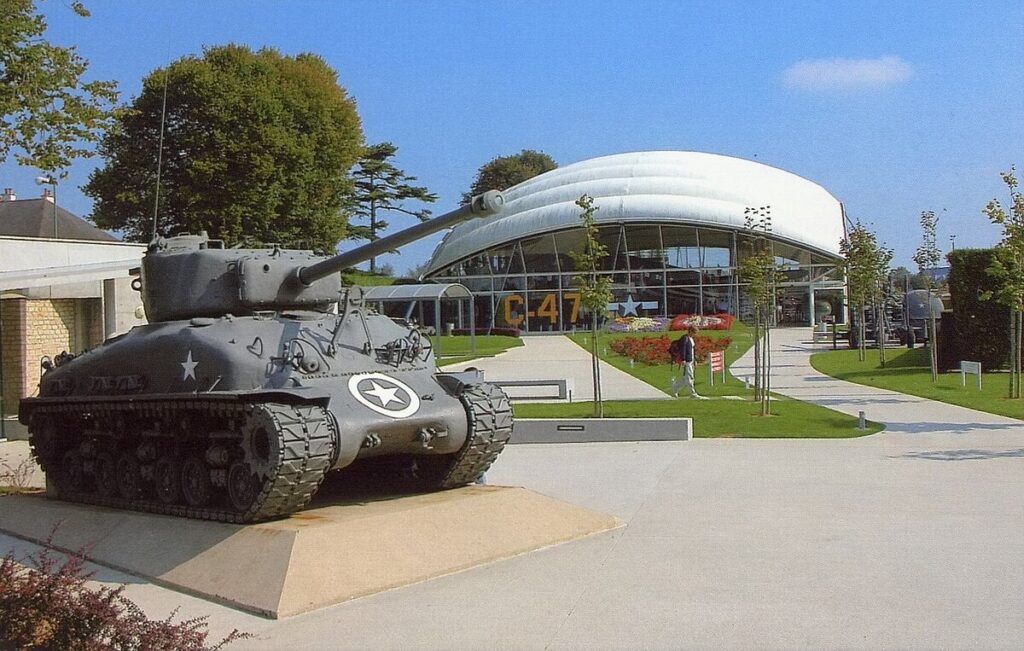
If you want to get a sense of the civilian side, the D-Day Experience in Saint-Côme-du-Mont has a flight simulator that drops you right into a paratrooper’s world.
Some quick tips for planning:
- Grab a multi-museum pass to save a few euros
- Get to busy sites early to beat the crowds
- Plan for 1-2 hours per museum
- Check opening hours—lots of places cut back in winter
Guided Tours and Self-Guided Itineraries
Exploring D-Day sites around Isigny-sur-Mer is as flexible as you want it to be. Go with a guide or strike out on your own—it really depends on your pace and what you’re after.
Find the perfect base for exploring Utah Beach, Pointe du Hoc, and beyond.
Best Guided Tour Options
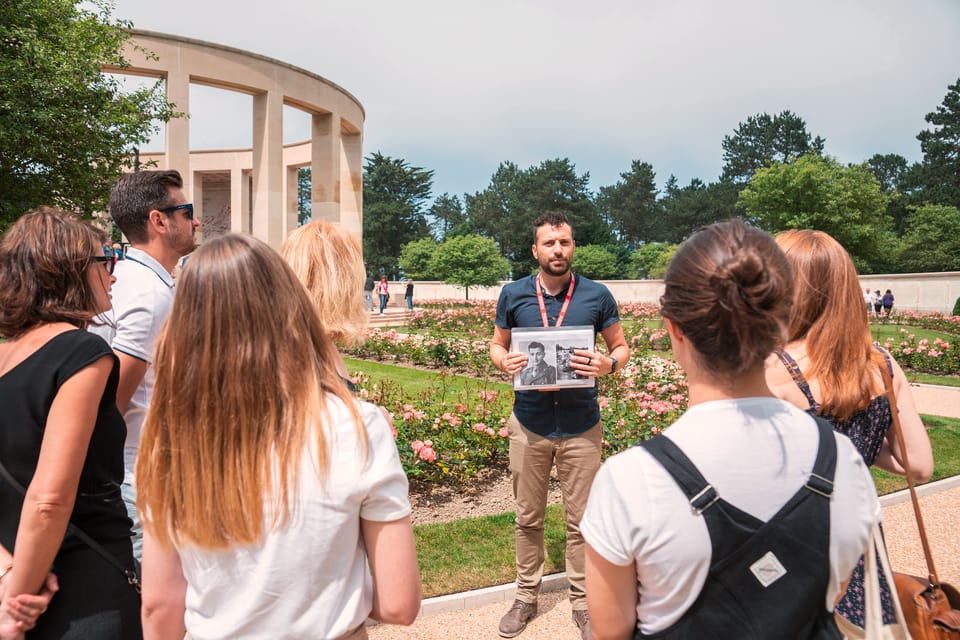
Private tours in vintage WW2 Jeeps offer a fun, immersive way to see the beaches. The guides know their stuff and share stories you won’t find in most books.
Most tours cover Utah, Omaha, Gold, Juno, and Sword beaches. You can pick from half-day trips focused on a single beach or full-day tours that try to cover it all.
Some popular guided tours:
- Small groups (8-12 people)
- Private family tours you can tweak to your interests
- Tours focused on specific military units
- Combined tours with museums and memorials
Guides are often history buffs who bring the stories to life. Book ahead—summer and D-Day anniversaries fill up fast.
Recommended D-Day Tours:
- American D-Day Sites in Normandy Full-Day Tour
- American D-Day Sites in Normandy Half-Day Tour
- Half-Day Normandy WWII Sidecar Tour
- Full-Day US Battlefields of Normandy Tour
Planning a Self-Guided Experience
Renting a car gives you total freedom. You can get rentals in bigger towns near Isigny-sur-Mer.

A good route: start at Utah Beach, then head east to Omaha Beach, stopping at the highlights:
- Utah Beach Museum
- Pointe du Hoc
- Omaha Beach and the American Cemetery
- Gold, Juno, and Sword beaches if you have time
Bayeux has the largest British Commonwealth WWII cemetery in France—almost 4,000 graves. It’s a worthwhile stop.
Give yourself at least a full day for the main sites. If you want to see all five beaches and major museums, two days is better.
Download offline maps before you go—cell coverage can be patchy along the coast.
Tips for Visiting D-Day Beaches
Wear comfy shoes—you’ll be on sand, grass, and sometimes uneven ground. Weather changes fast out here, so pack layers and a rain jacket even if it looks sunny.
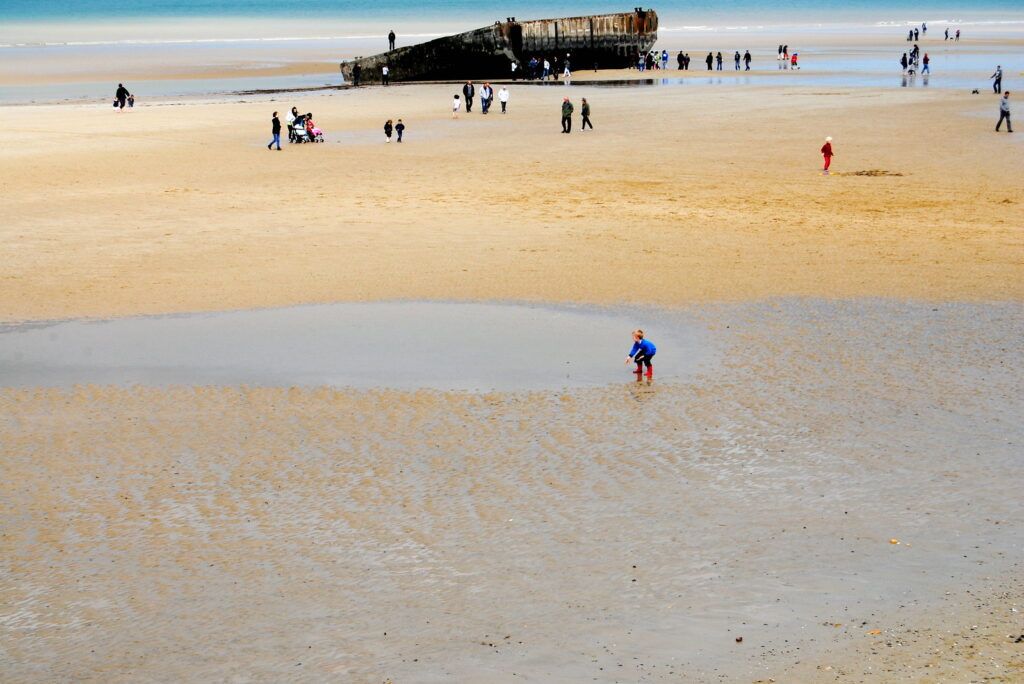
When to visit:
- April-June: Good weather, not too crowded
- September-October: Fewer tourists, still pleasant
- Skip June 6th unless you’re there for ceremonies
If you love “Saving Private Ryan,” take extra time at Omaha Beach—some scenes were based on real events there.
Museums usually close by 5 or 6pm, with last entry about an hour before. Parking is available at most sites but fills up quickly in peak season.
Consider downloading an audio guide app. Many are free or cheap and add a lot if you’re exploring solo.
Find comfortable stays within moments of historic battlegrounds
Present Day Isigny-sur-Mer: Culture, Food, and Community
Modern Isigny-sur-Mer is a mix of Norman traditions, top-notch local products, and genuine small-town life. Despite its fame, the town hasn’t lost its roots—it’s still all about dairy and community.
See available accommodations in Isigny-sur-Mer.
Modern Town Life and Annual Events
Isigny-sur-Mer feels peaceful these days, with a town center that blends restored old buildings and the basics you need. It’s a friendly place for locals and visitors alike.
Festivals pop up all year, especially in summer with markets and live music in the main square. Locals are especially proud of the Fête de la Mer (Sea Festival) in July, a nod to the town’s ties to the sea.
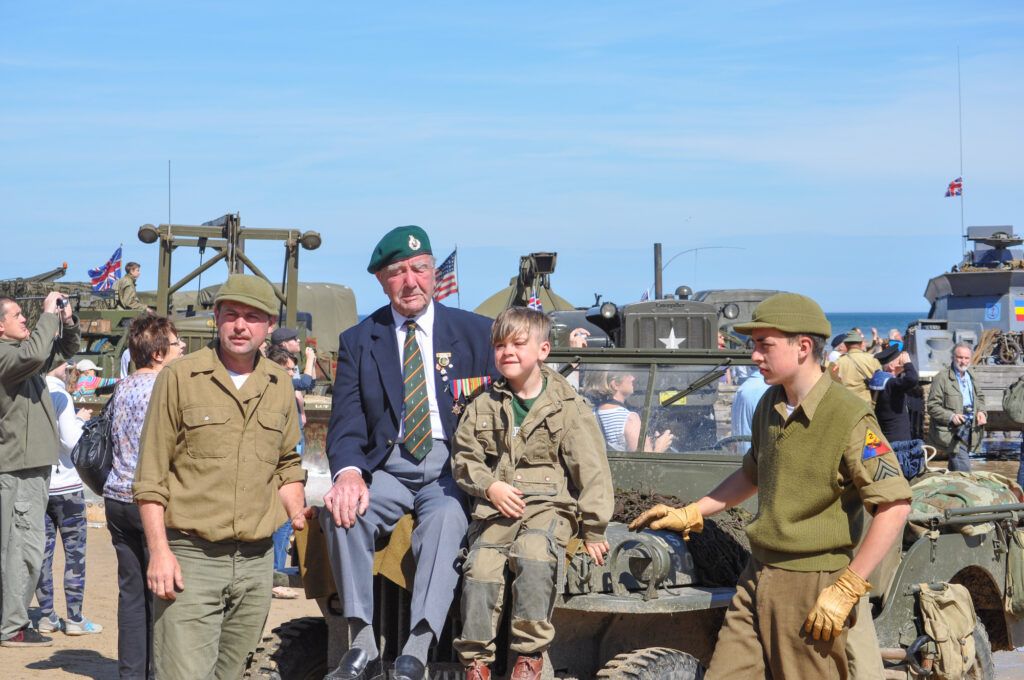
Come June, the D-Day commemorations draw people from all over—expect ceremonies, reenactments, and veterans swapping stories. There are also harvest celebrations in autumn and traditional Norman festivals in spring.
Community life centers on the town hall and church, where folks gather for weekly events and special occasions.
Gastronomy: Isigny Butter and Caramels
Isigny-sur-Mer is famous for its dairy—no exaggeration. The region’s lush grass and mild climate make it perfect for cows, which in turn makes for some of France’s best butter.
Isigny butter, with its AOC (Appellation d’Origine Contrôlée) label, is a big deal in France. It’s pale yellow, nutty, and melts like a dream. You’ll find it in shops and markets, often stamped with the Isigny seal so you know it’s the real thing.
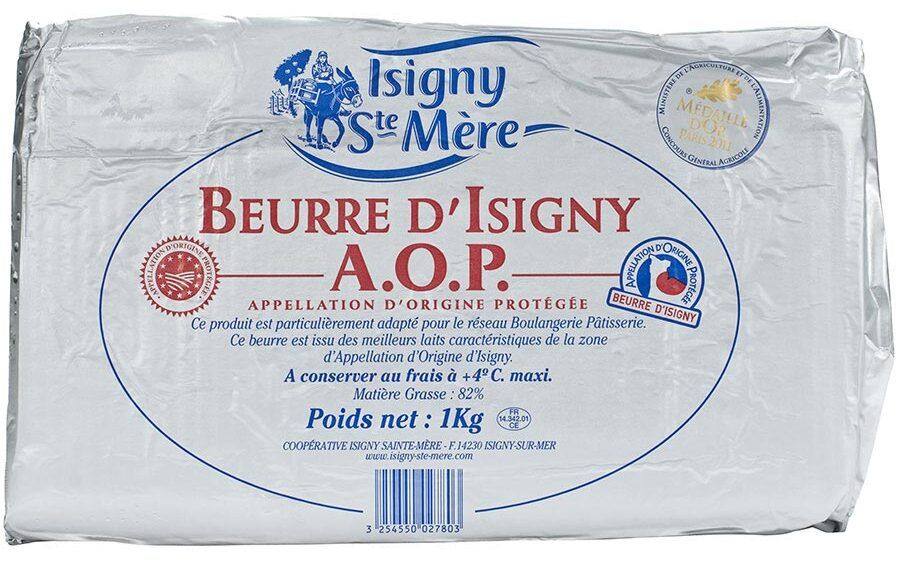
The caramels are legendary too. Made with the same rich cream and butter, Isigny caramels are smooth and decadent. The Caramels d’Isigny factory still uses traditional recipes that go way back.
Other treats you shouldn’t miss:
- Isigny cream (Crème d’Isigny)
- Local cheeses—Camembert is a standout
- Fresh seafood from the Normandy coast
Local Markets and Shops
The weekly market, held Thursdays in the town center, is the heart of Isigny’s shopping scene. Local farmers, fishmongers, and artisans set up shop with everything from vegetables to cheese.
Butter and caramel producers often have their own stalls, so you can sample before you buy. Don’t be shy—most are happy to chat about their craft.
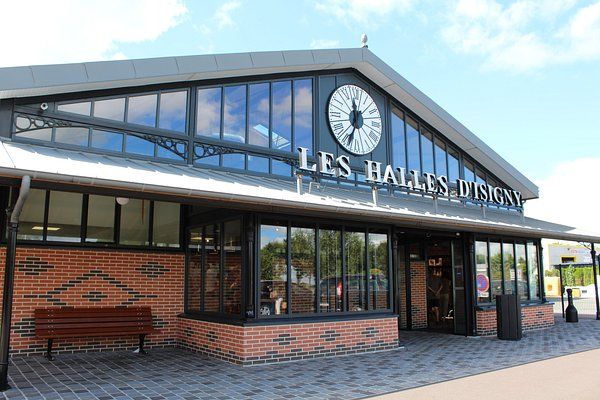
Specialty food shops line the main streets, selling things like apple cider, pâté, and pastries. The local bakery makes classic Norman sweets—try the apple tarts or butter cookies.
For souvenirs, look for handmade pottery, textiles, and wooden crafts. Most shops are family-run and have been around for generations, so the experience feels personal, not touristy.
Exploring Surrounding Normandy
While you’re in Isigny-sur-Mer, it’s worth checking out nearby towns with their own stories from D-Day and beyond. Each place adds a new layer to Normandy’s rich tapestry.
Bayeux: History and the Tapestry
Bayeux was the first big town liberated after D-Day and somehow dodged the bombs, so its medieval charm is still intact.
The town’s claim to fame is the Bayeux Tapestry, a 70-meter embroidery that tells the story of the Norman conquest of England. The museum offers audio guides in several languages.
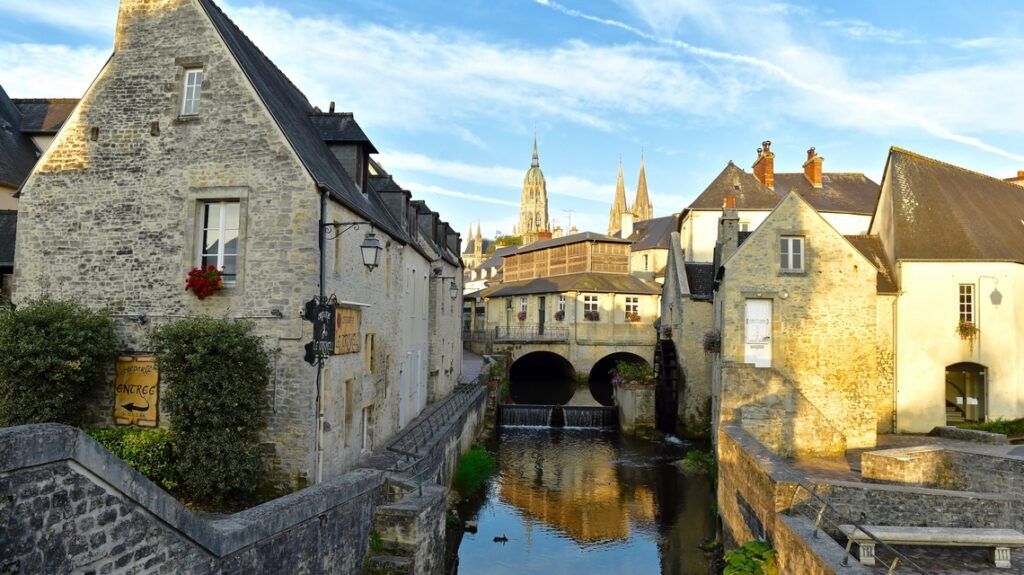
Bayeux also has France’s largest British WWII cemetery, with over 4,000 graves, and the nearby War Museum is packed with vehicles, uniforms, and personal mementos from D-Day.
Give yourself at least half a day to see the tapestry and the cemetery properly.
Caen: Memorials and Museums
Caen took a pounding during the Battle of Normandy—almost 80% of it was flattened. Now, it’s a hub for WWII remembrance.
The Caen Memorial Museum is a must if you want the big picture on World War II. It covers not just D-Day, but the whole conflict—causes, effects, everything. Block out at least three hours for your visit.
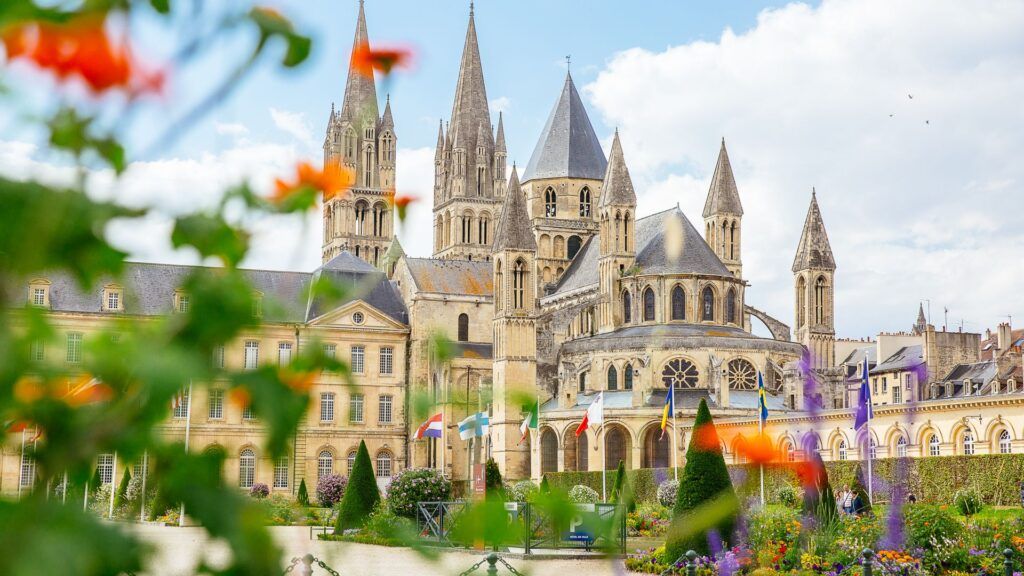
Caen Castle, built by William the Conqueror, now houses museums about Norman history. The walls still dominate the city, even after the damage from 1944.
The Abbaye aux Hommes and Abbaye aux Dames, founded by William and his wife Matilda, made it through the bombings and are worth a look for their architecture alone.
Honfleur: Seaside Heritage
Honfleur, a postcard-perfect port, sits where the Seine hits the Channel. It wasn’t a D-Day hotspot, but it’s pure Normandy—old harbors, tall houses, and a pace that slows you down.
The Vieux Bassin (old harbor) is lined with narrow, colorful buildings that inspired artists like Monet and Boudin. The wooden Church of St. Catherine, built by shipbuilders, has a ceiling shaped like an upside-down boat.
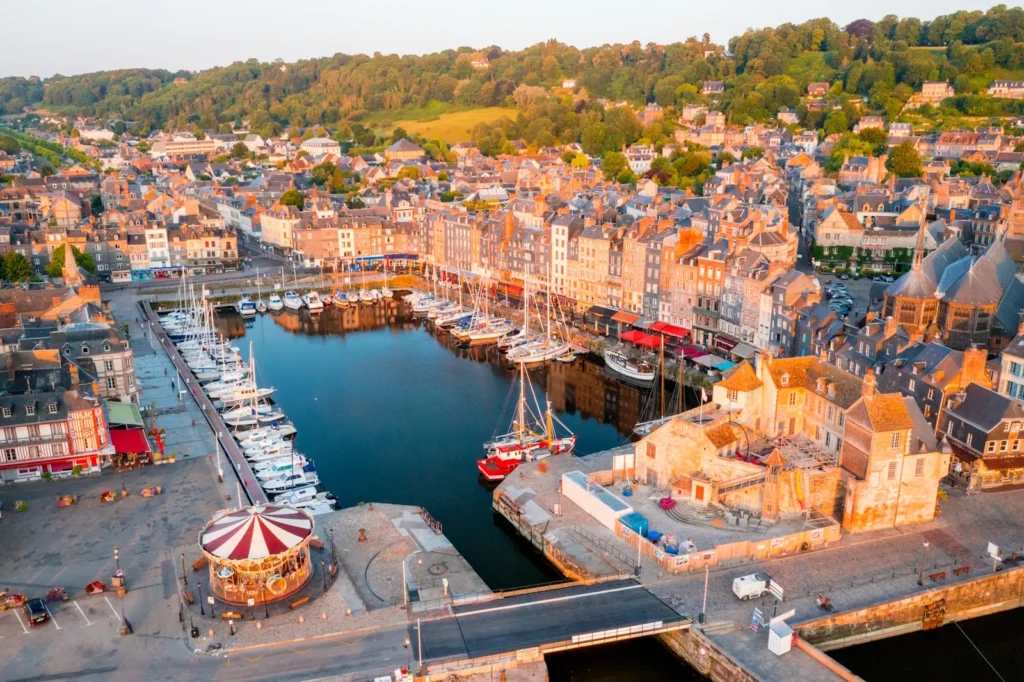
During WWII, the Germans occupied Honfleur but didn’t wreck its heart. The Allies took it back on August 25, 1944.
Today, you can grab seafood by the water or pop into the Eugène Boudin Museum for paintings of Normandy’s landscapes and coasts.
Practical Visitor Information and Travel Tips
Planning a trip to Isigny-sur-Mer? Here are some basics about when to go, how to get around, and what to expect. The town offers a nice blend of history and convenience for exploring D-Day sites.
From beachfront hotels to authentic French countryside stays. No booking fees.
Best Times to Visit and Weather
May through September is prime time for Isigny-sur-Mer. Summer temps hover around 60-75°F (15-24°C)—great for being outdoors.
June gets busy with D-Day anniversary events, especially near June 6th. If you’re set on coming then, book your stay months ahead.
Spring and fall mean fewer crowds but still decent weather. These shoulder seasons are my pick for a quieter trip.
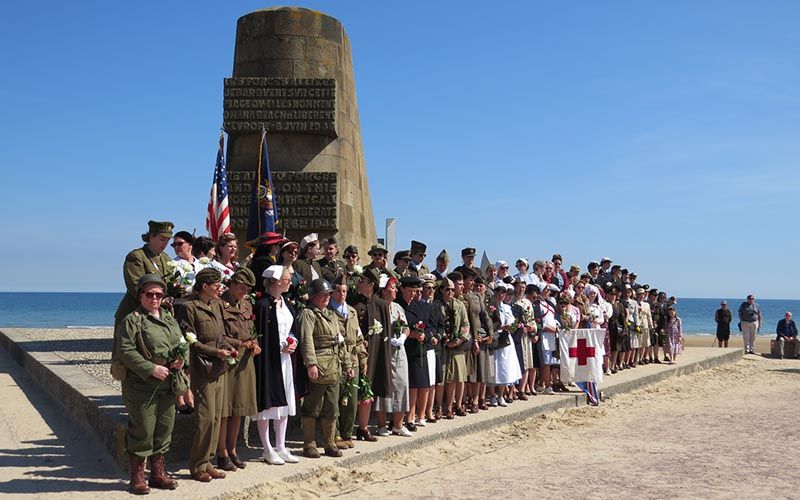
Winter (November-March) brings chillier temps (40-50°F / 4-10°C) and more rain. Some smaller museums cut hours, but the main sites stay open.
If you want the best combo of good weather and manageable crowds, try May or September.
See available accommodations in Isigny-sur-Mer.
Transportation and Accommodation Options
Getting There:
- By car: About 3.5 hours from Paris on the A13
- By train: Paris to Bayeux (2 hours), then local bus or taxi
- By bus: Regular routes from Caen and Bayeux
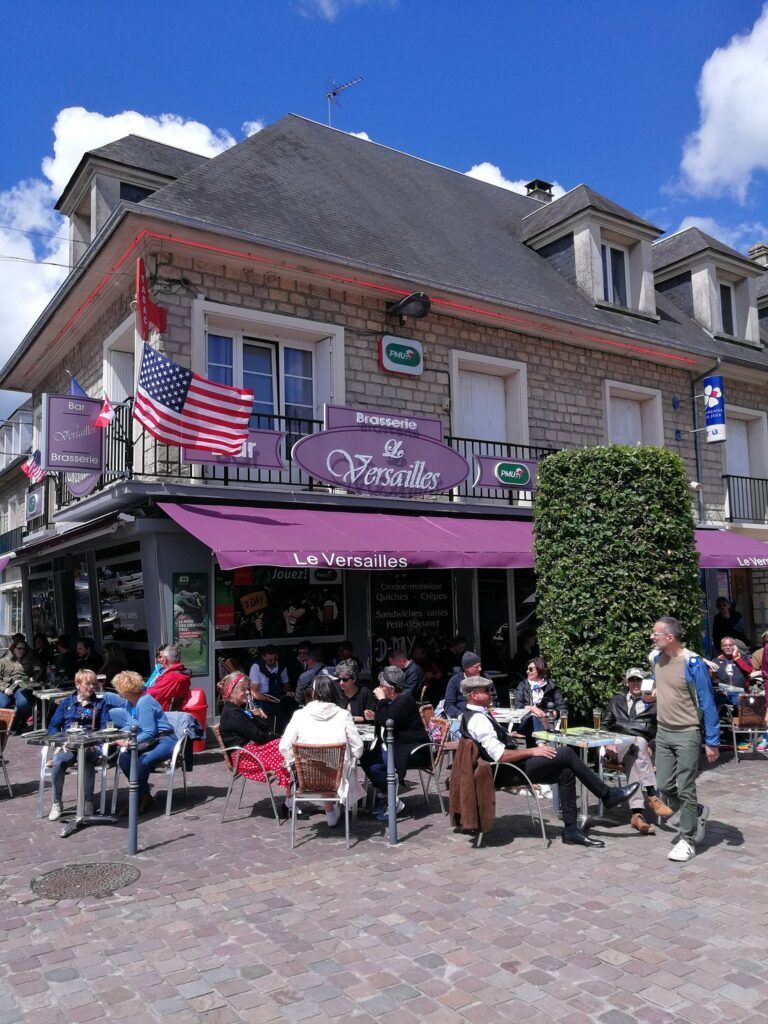
Renting a car really is the way to go if you want to see all the D-Day sites. Public transit is possible but slow and limited.
Where to Stay:
- Isigny-sur-Mer: A handful of small hotels and B&Bs
- Bayeux (15 miles away): More choices and bigger hotels
- Rural gîtes: Farmhouse rentals if you want to stay longer
Budget Options:
- Campsites open May-September
- Homestays via online platforms
For summer, especially D-Day weeks, book a place to stay 2-3 months ahead.
See available accommodations in Isigny-sur-Mer.
Accessibility and Local Customs
Most big museums and memorials are wheelchair accessible, though some bunkers and beach paths aren’t. The American Cemetery is especially good on this front.
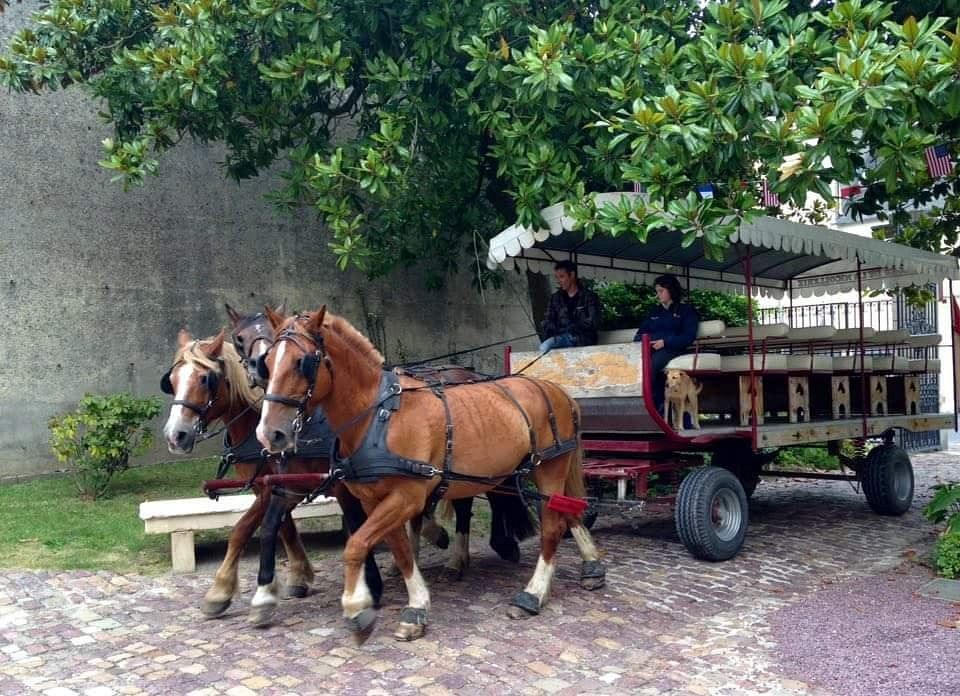
People at the main tourist spots usually speak English, but a few French phrases go a long way. Folks in Normandy tend to be more reserved than in the south of France.
Shops close for lunch (noon to 2 PM) and most are shut on Sundays. Plan your shopping trips accordingly.
Tipping isn’t required, but rounding up for good service is nice. The euro is the only currency accepted, though credit cards work in bigger places.
Dress respectfully at memorials. Photos are fine almost everywhere unless you see a sign saying otherwise.
Get a discount of 15% to 70% on Isigny-sur-Mer accommodations and tours! Look for deals here:
Isigny-sur-Mer Hotels and Tours

